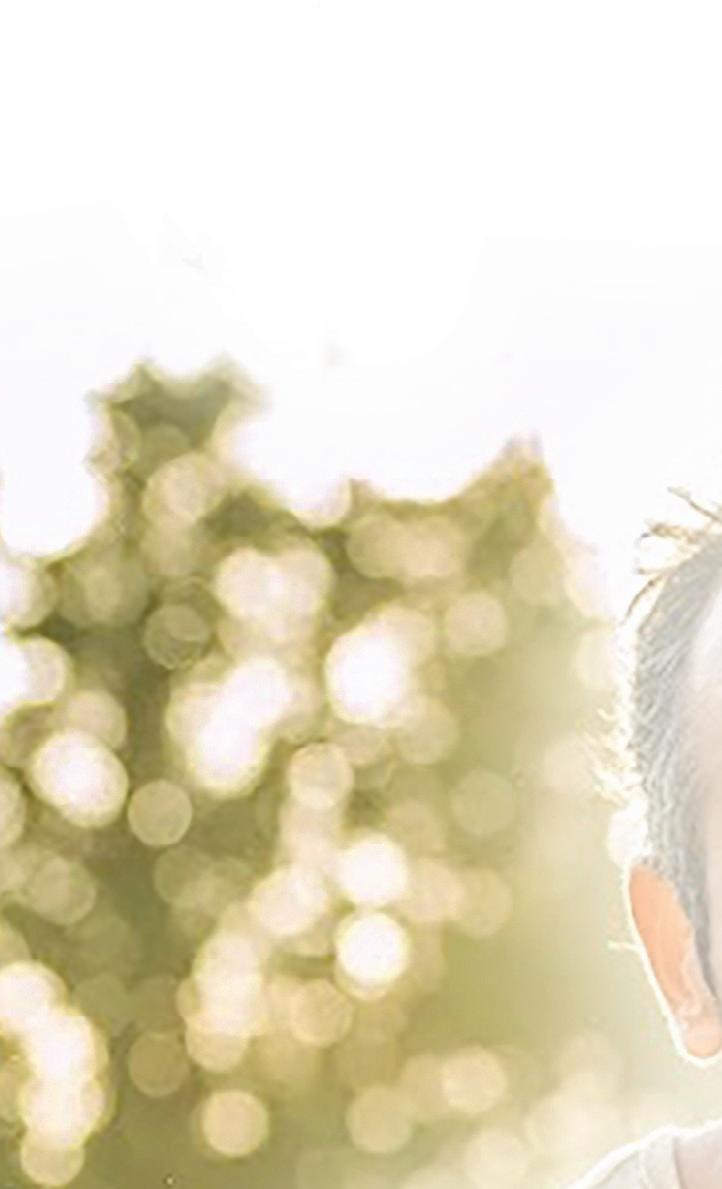



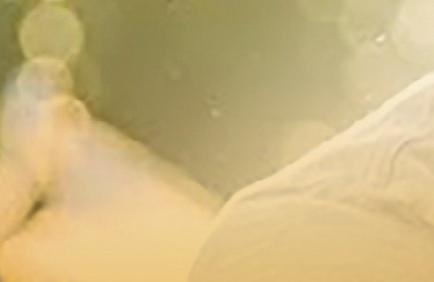






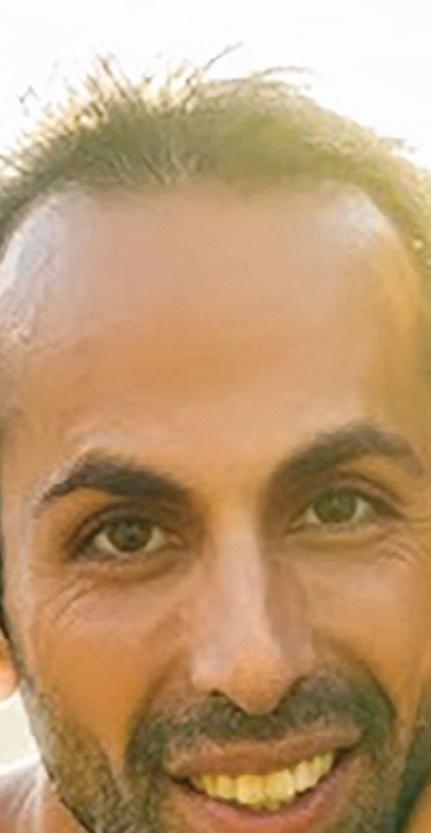



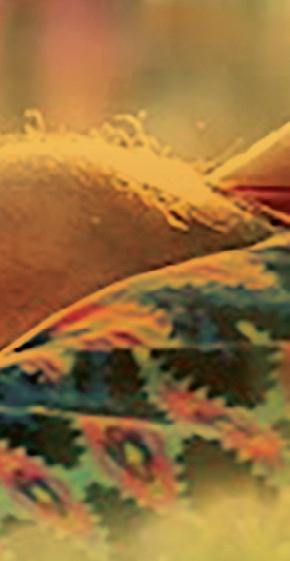






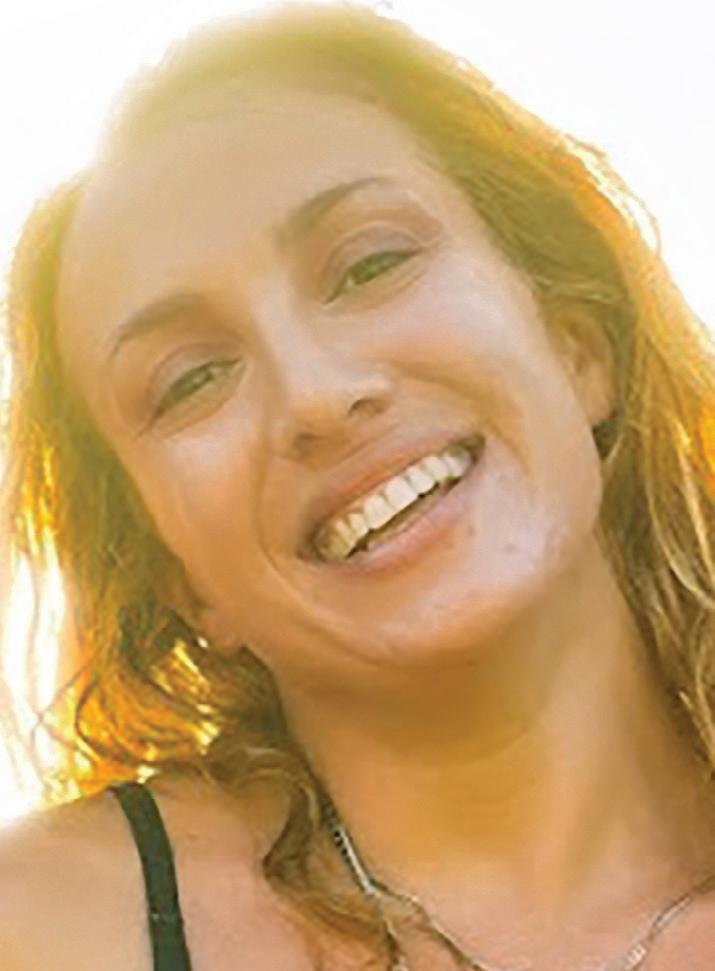











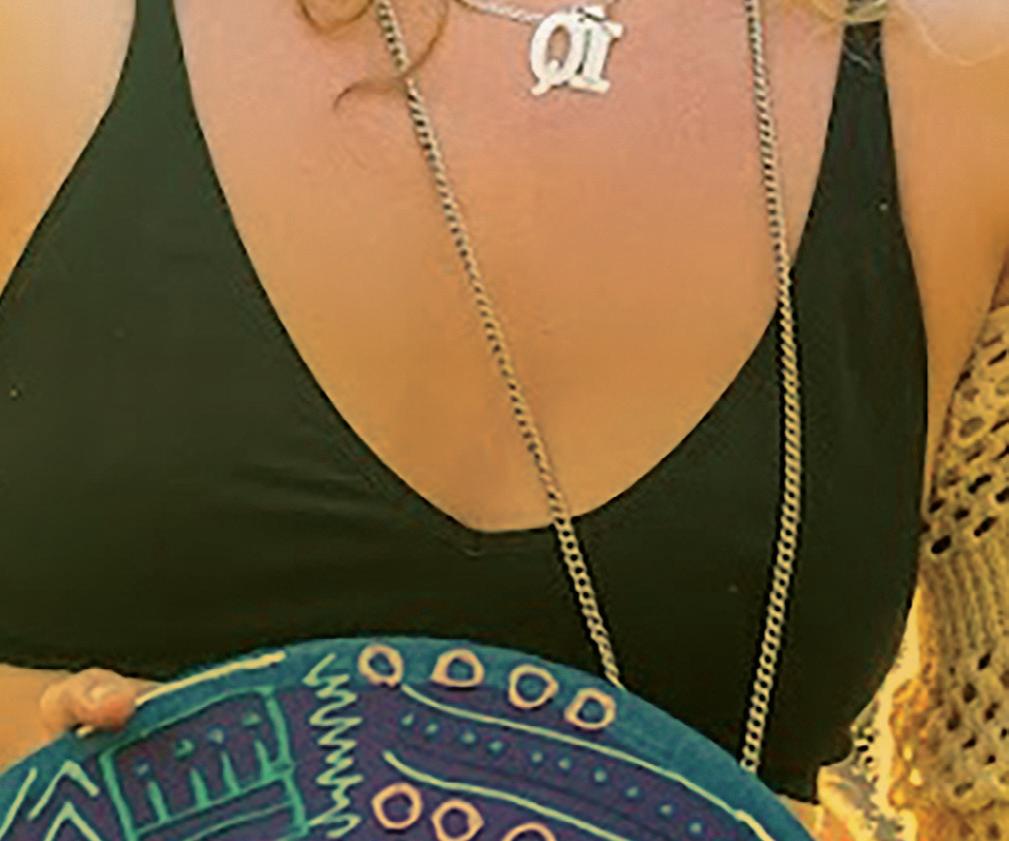










































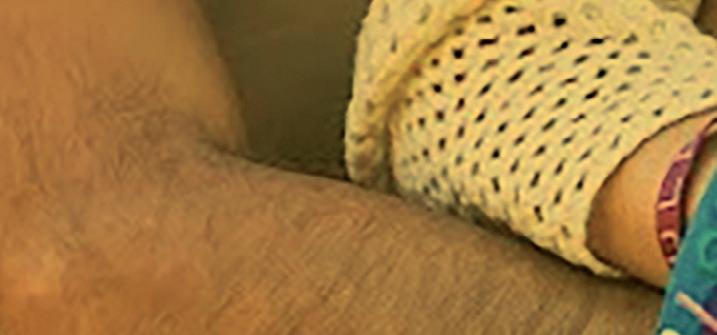





FIND JOY IN LEARNING, COMMUNITY AND CHANGE






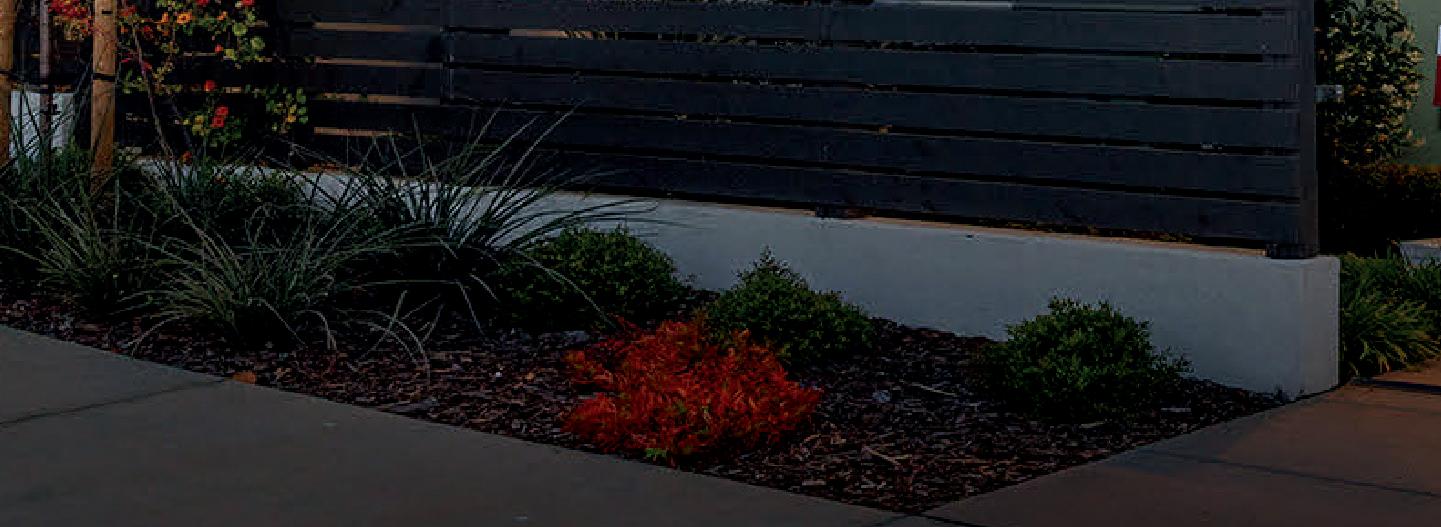


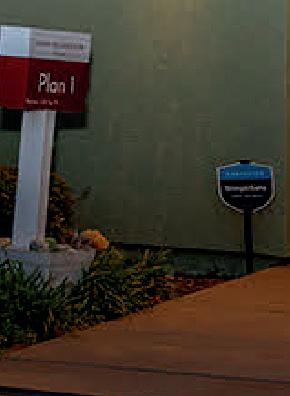



SEASONS OF CHANGE
A letter from our editor 4
NEUROPLASTICITY BOOST
Lifelong learning benefits brain health 6
BOOK FESTIVAL
Litquake returns with more East Bay focus 10
RADICAL PLAY
SoulPlay Festival builds intentional community 16
ART OF FILM
Analog photography makes a comeback 20
ASSOCIATE PUBLISHER
Karen Klaber
EDITOR
Samantha Campos
COPY EDITOR
Suzanne Michel
CONTRIBUTORS
Jeffrey Edalatpour
Lou Fancher
Dave Gil de Rubio
Janis Hashe
Bill Kopp
Panashe Matemba-Mutasa
Daniel O’Donnell

NAPA PARTIES
Chef Jacques Pépin celebrates 90th birthday 24
NOURISHING FOOD What to try at local farmers’ markets 27
MELODIC IMPROV The LaMP Trio combines jazz and jam 30 NEW CHAPTER Nick Lowe crafts timeless songs with fresh energy 33
PRODUCTION OPERATIONS MANAGER
Zk Bradley
CREATIVE SERVICES PRODUCTION MANAGER
Deb Fisher
SENIOR DESIGNER
Jackie Mujica
GRAPHIC DESIGNER
Elena Razgonov
EDITORIAL DESIGNER
Phaedra Strecher Heinen
TELEPHONE: 510.879.3700
ADVERTISING DIRECTOR
Lisa Santos
ADVERTISING ACCOUNT MANAGERS
Danielle McCoy
Ben Grambergu
Lynda Rael
Sharon Zuberbier
CEO/EXECUTIVE EDITOR
Dan Pulcrano
DIRECTOR OF CREATIVE SERVICES
Cindy Couling
ADVERTISING: sales@eastbaymag.com |
EDITORIAL: editor@eastbaymag.com
CIRCULATION AND BUSINESS: publisher@eastbaymag.com











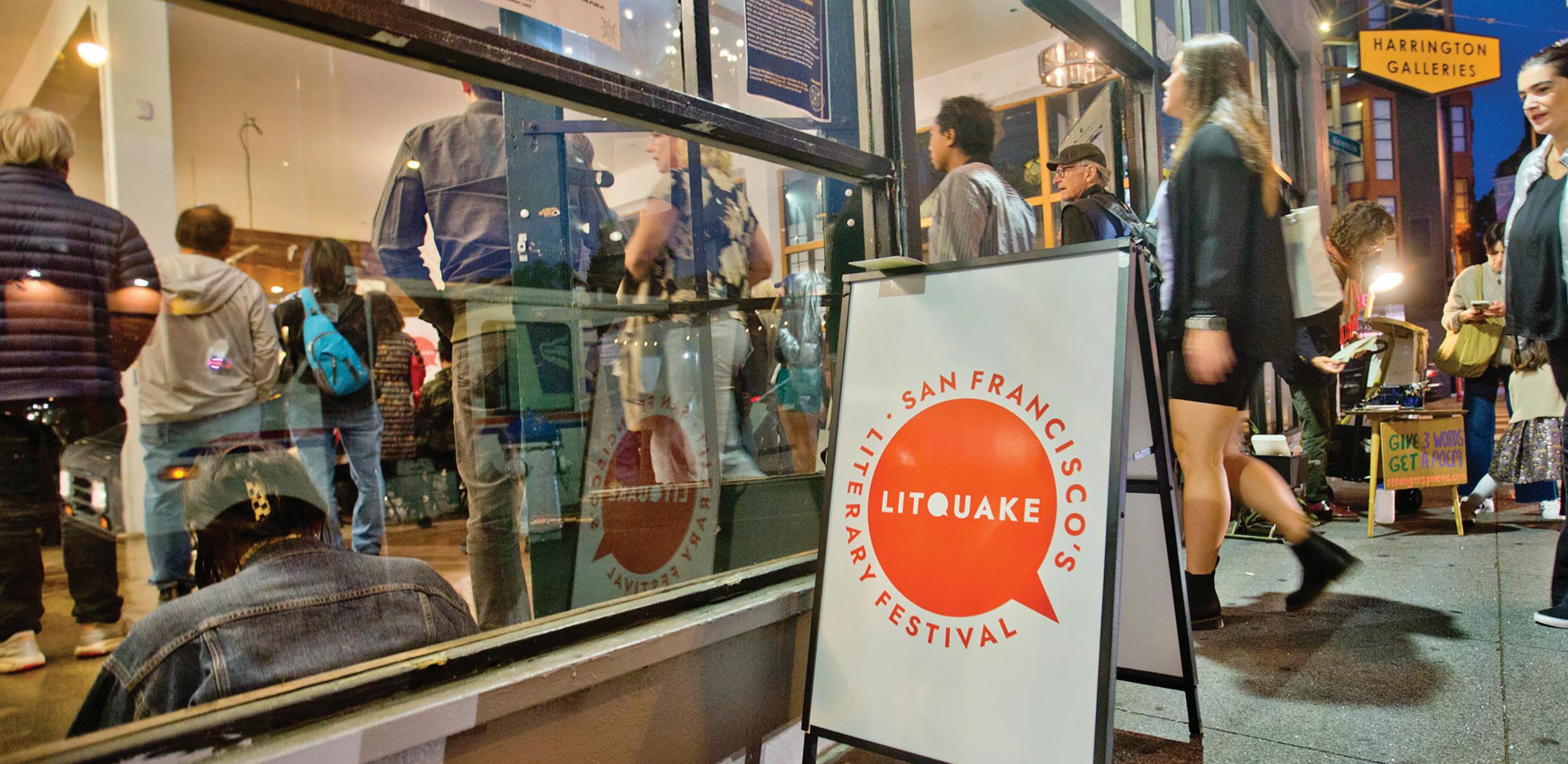
October,” wrote author Bonaro W. Overstreet, “is a symphony of permanence and change.” She might just as well have been speaking of aging—or what some call the autumn of our lives. Like the blaze of fall colors, this season offers a vivid reminder of both continuity and transformation. And this month’s issue, I hope, reflects that abundance.
October is also a significant month for wellness, with numerous observances dedicated to raising awareness and
Jeffrey Edalatpour writes about arts, food and culture for SF Weekly, Metro Silicon Valley, East Bay Express and KQED Arts.
Lou Fancher has been published in Diablo Magazine, Oakland Tribune, InDance, San Francisco Classical Voice, SF Weekly, WIRED.com and elsewhere.
promoting action on health issues. Top of mind—quite literally—is brain health. We explore how lifelong learning, especially interactive and social activities, strengthens memory and builds cognitive reserve at every age.
One joyful path to learning awaits at this year’s Litquake festival, running Oct. 9–25 across more than 60 venues, including many in Oakland and Berkeley. Executive director (and Rockridge resident) Norah Piehl shares how this year’s programming leans into political themes while highlighting the East Bay’s vibrant literary community.
We also dive into the surprising comeback of analog photography, whose tactile pleasures counter digital fatigue and dopamine overload. Its growing appeal offers an opportunity for authenticity, delayed gratification and a mindfulness that pixels can’t replicate.
Connection matters just as much as creativity. That’s why we spoke with the
Dave Gil de Rubio Is an awardwinning writer who covers arts, entertainment and sports for a wide range of regional and national outlets.
Janis Hashe regularly contributes to the East Bay Express and other Bay Area publications.
founder of SoulPlay Festival, an adultsonly retreat that creates an inclusive, healing community through dance, nature and transformative workshops. On a more everyday scale, local farmers’ markets bring us fresh produce alongside neighborly conversation; we share their history and a list of local spots, along with specialties and seasonal must-tries.
For a slightly fancier feast, we recommend joining the 90th birthday celebration of legendary chef Jacques Pépin, who’s hosting a series of food and wine events in Napa from Oct. 23 to Nov. 2.
And because music nourishes us in ways that go beyond health, we feature two such stories: the jazz-inflected LaMP Trio, and Nick Lowe, former pub-rocker turned pop and country crooner who, at 76, continues to prove that age can be an artistic advantage.
Here’s to October—to change, to connection and to all the ways this season can feed us.
— Samantha Campos
Bill Kopp writes about music for Spin, Grammy.com, Record Collector, Goldmine and alt weeklies in the Bay Area and across the U.S.
Panashe Matemba-Mutasa is a journalist who’s written for Tri-City Voice, East Bay Express and Metro Silicon Valley
Daniel O’Donnell is the co-owner and operator of an organic landscape design/build company in Fremont.
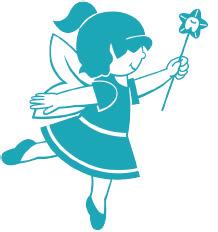





Babies should have their first dental visit by age 1 or within 6 months of the first tooth!
smile
For new patients under 24 months old when you mention East Bay Magazine!

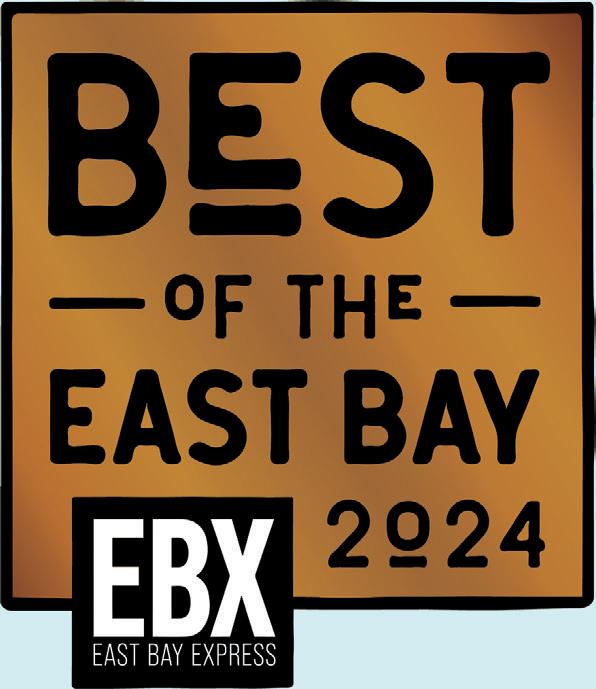









BY Janis Hashe

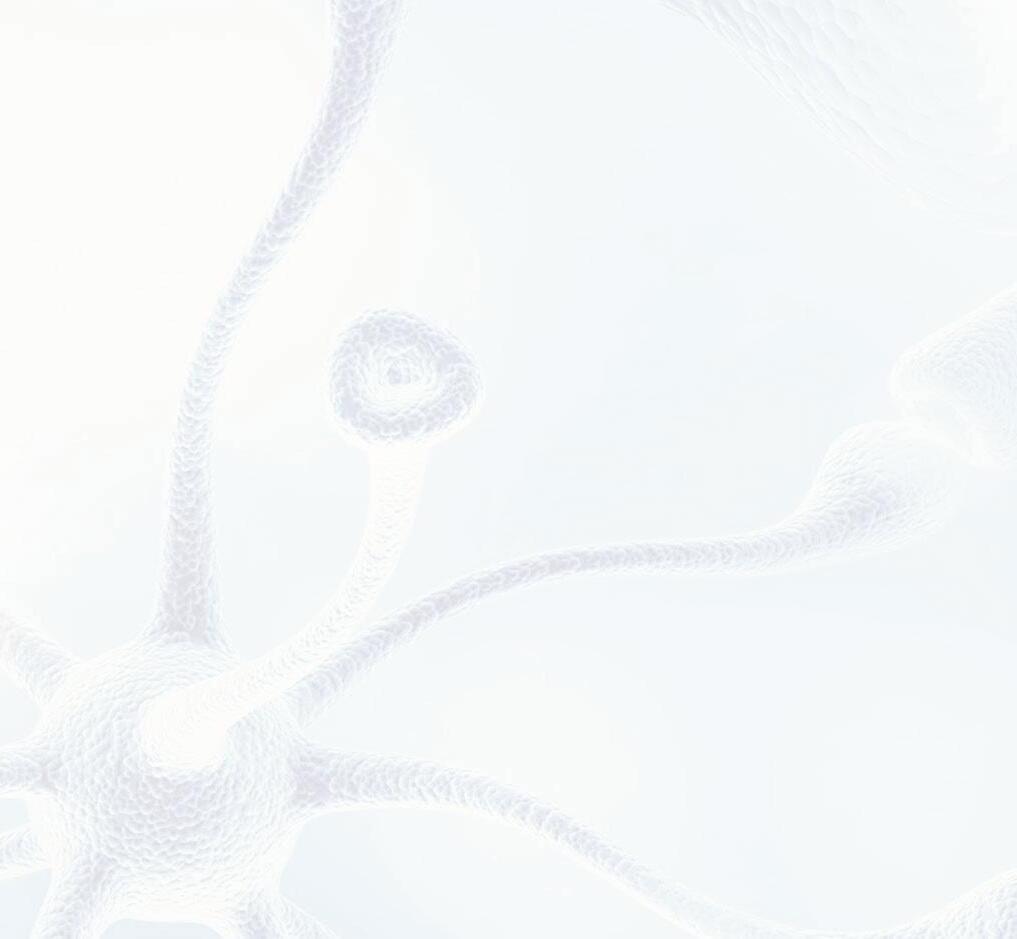

Her recently assigned textbooks include Contested Histories in Public Spaces and Fighting Over the Founders
As Los Angeles Times columnist Steve Lopez commented in his recent profile of tennis legend Billie Jean King, “Yeah, what a slacker.” King has gone back to college at 81 to earn a long-delayed—as in really long-delayed—bachelor’s degree.
But it’s not necessary to be a famous over-achiever to take advantage of the big benefits of lifelong learning. “Exposure to new learning helps keep your brain healthy. Neuroplasticity enables continued learning and challenges to foster positive brain changes and the formation of new neural pathways,” explains the Center for BrainHealth’s website.

David Troxel is a partner on education for the San Francisco-based Institute on Aging, and the co-author of six books on memory care. He spoke about data gleaned from recently released results of the two-year U.S. POINTER Study by the Alzheimer’s Association.

“[It showed] that lifelong learning, staying intellectually active, is essential for brain health,” he said. “We should all learn a new brain-rich skill each decade [of our lives].”
Lifelong learning, research suggests, specifically strengthens the seat of memory, the hippocampus, and may even allow the brain to form new neurons. “A leading theory says that lots of activities build ‘cognitive reserve,’” said Troxel, “which carries through our whole life.”
According to the Harvard Medical School, “You can think of cognitive reserve as your brain’s ability to improvise and find alternate ways of getting a job done. It reflects how agile your brain is in pulling in skills and capacities to solve problems and cope with challenges. Cognitive reserve is developed by a lifetime of education and curiosity.”

As research continues to identify lifelong learning activities that have the most benefit, some of the same ones continue to crop up: learning a new language, learning a dance form, learning to play a musical instrument, taking up a new hobby. But Troxel points to other possibilities o ering opportunities to build the brain’s resilience.
“The brain loves company,” he said. So interacting in a social setting, such as a workshop or class where there are give-and-take conversations, is another excellent choice. He also touted the brain benefits of volunteering, which often requires learning new skills and is interactive.
Then there are “brain games.” Troxel cautioned against overblown claims that these can “prevent Alzheimer’s.” »
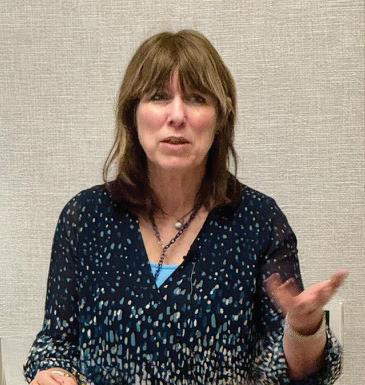

LEARNING UC Professor
Emeritus Gibor Basri explains what’s new in astrophysics.
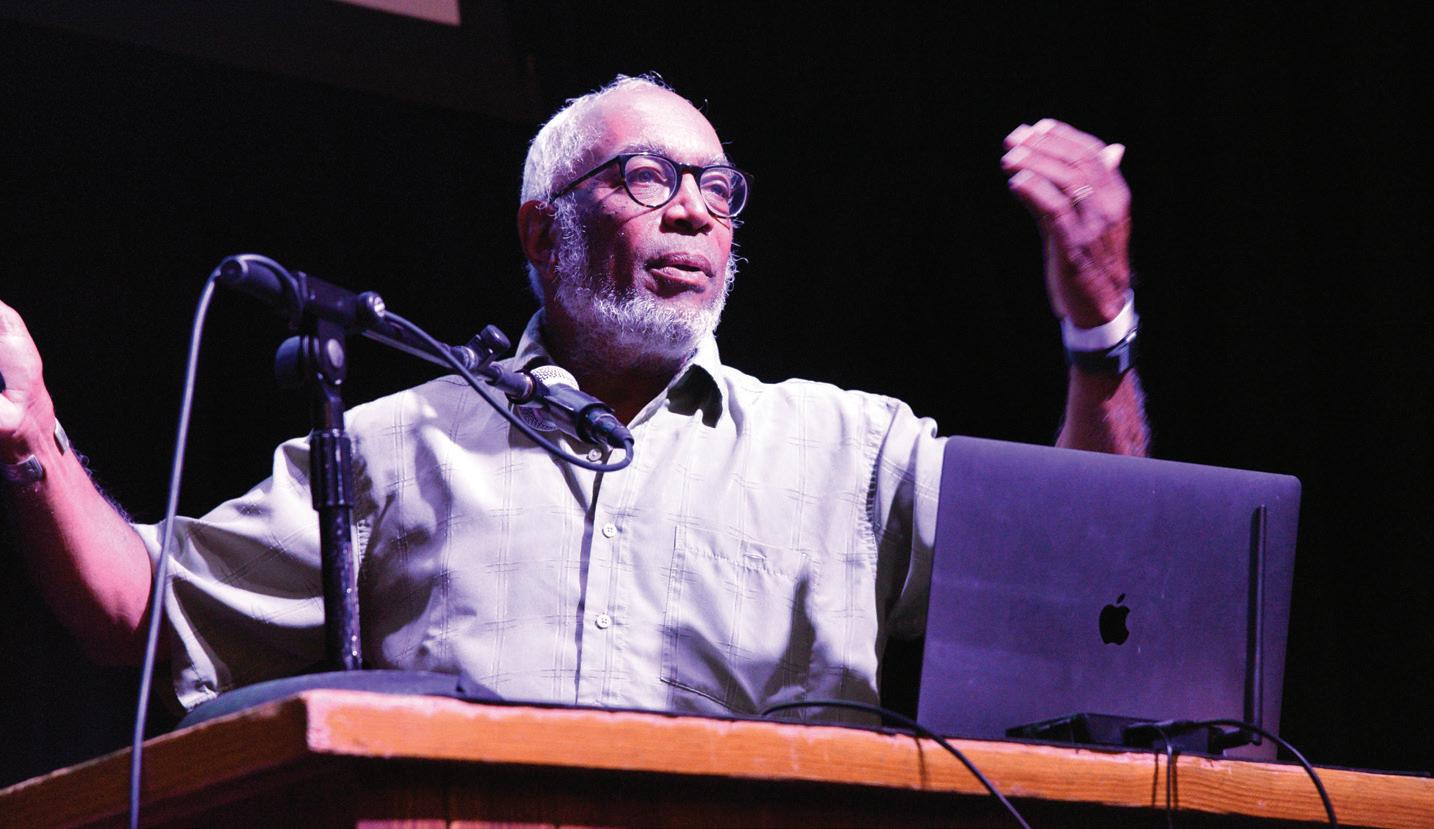
UC Berkeley’s world-class roster of teachers gives its OLLI program especially rich opportunities to offer courses enhancing students’ knowledge of subjects as diverse as astrophysics, Irish literature and “The Art of the String Quartet.” While some of the most popular courses are on history, said Hoffman, there has been increased demand for classes on AI, cybersecurity and scientific breakthroughs. Music courses are often presented through a partnership with Berkeley’s Freight & Salvage.
They can be word games, like Wordle, number games like Sudoku or any number of specially-created board games.
“Major benefits are seen when you practice brain training because this allows for neuroplasticity to work its magic,” according to the medical website Common Spirit. “Use it or lose it,” said Troxel.
What about more passive learning, such as watching an engaging Nova episode? “That would be better than watching a [reality show] episode,” Troxel joked. “But interactive is best.”
Americans are apparently getting the message. “People of all ages are interested, particularly coming out of the pandemic. Experiences add happiness and vitality to our lives,” he said.
Libraries, school districts, nonprofits… Opportunities for lifelong learning are everywhere. One of the largest and most prestigious programs is UC Berkeley’s Osher Lifelong Learning Institute (OLLI), through which lifelong learners can take courses from some of the best minds in the country—with no tests and no grades.
OLLI at Berkeley was established in 2007 with support from the Bernard Osher Foundation and is one of 125 Osher Lifelong Learning Institutes across the U.S. Though courses, lectures and events
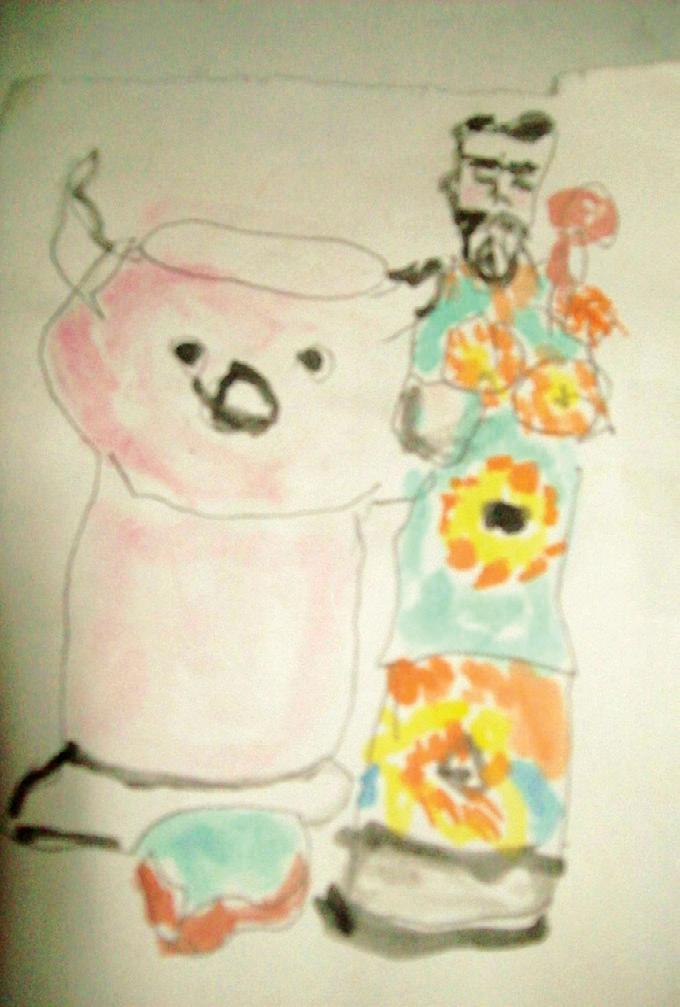
are aimed primarily at ages 50+, everyone is welcome. Its motto, “Feed Your Mind And Find Your People,” exemplifies what the institute aims for.
Susan Hoffman has been involved with OLLI for 25 years and is currently its director and assistant dean of lifelong learning, extended education. From the very beginning, she said, research has supported the idea that “learning was the thing that contributed across the board to healthy aging.”
Courses and instructors are evaluated by OLLI committee members and by students taking the courses. “We ask them to express what they are learning and how they are learning,” Hoffman said. “How is [what you learned] impacting your life?”
Like Troxel, she emphasized that research confirms activities involving both brain and body are the most beneficial for long-term brain health.
During a recent phone interview, Hoffman suggested the interviewer try writing their name with their left hand. The squiggle looked much like online signatures on DocuSign. But asking the brain to use other neural pathways to accomplish tasks gives it, as cited above, “alternate ways of getting a job done.” This prompted a pandemic memory of CNN’s Dr. Sanjay Gupta noting that he was learning to draw with his left hand. A painting attempted by the viewer in this way resulted in an abstract but entertaining still life.
Interaction and social activity “is part of the Osher model,” Hoffman said. However, the institute does offer a “Best of OLLI” pre-recorded series for those unable to attend in person. OLLI also offers a speaker series, which on Oct. 10 presents “[Intergenerational Dialogue]: The Constitution and the Rule of Law.” That the value of lifelong learning is now a shared concept among generations has been evolving for decades, said Hoffman, as more and more people of all ages realize that it is possible for the brain to regenerate—lifelong.
The fall OLLI session began in September, but some courses start in October. An OLLI membership is necessary for enrollment, and there is a special ‘New Member’ offer on the OLLI Berkeley website, olli.berkeley.edu.




•
•
So-called


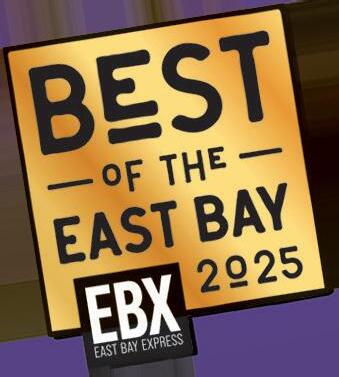




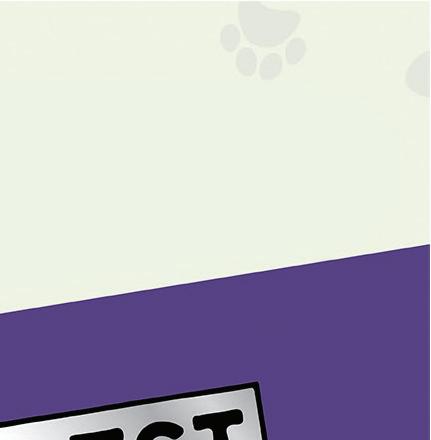



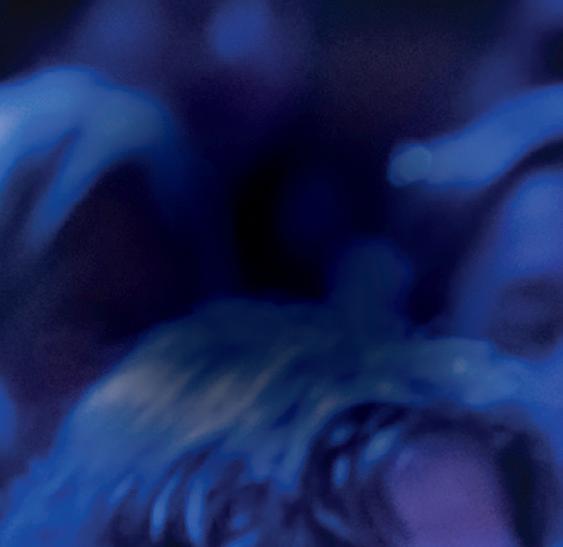
In choosing and curating every event, Litquake’s intentional focus was on political topics—and on fun.
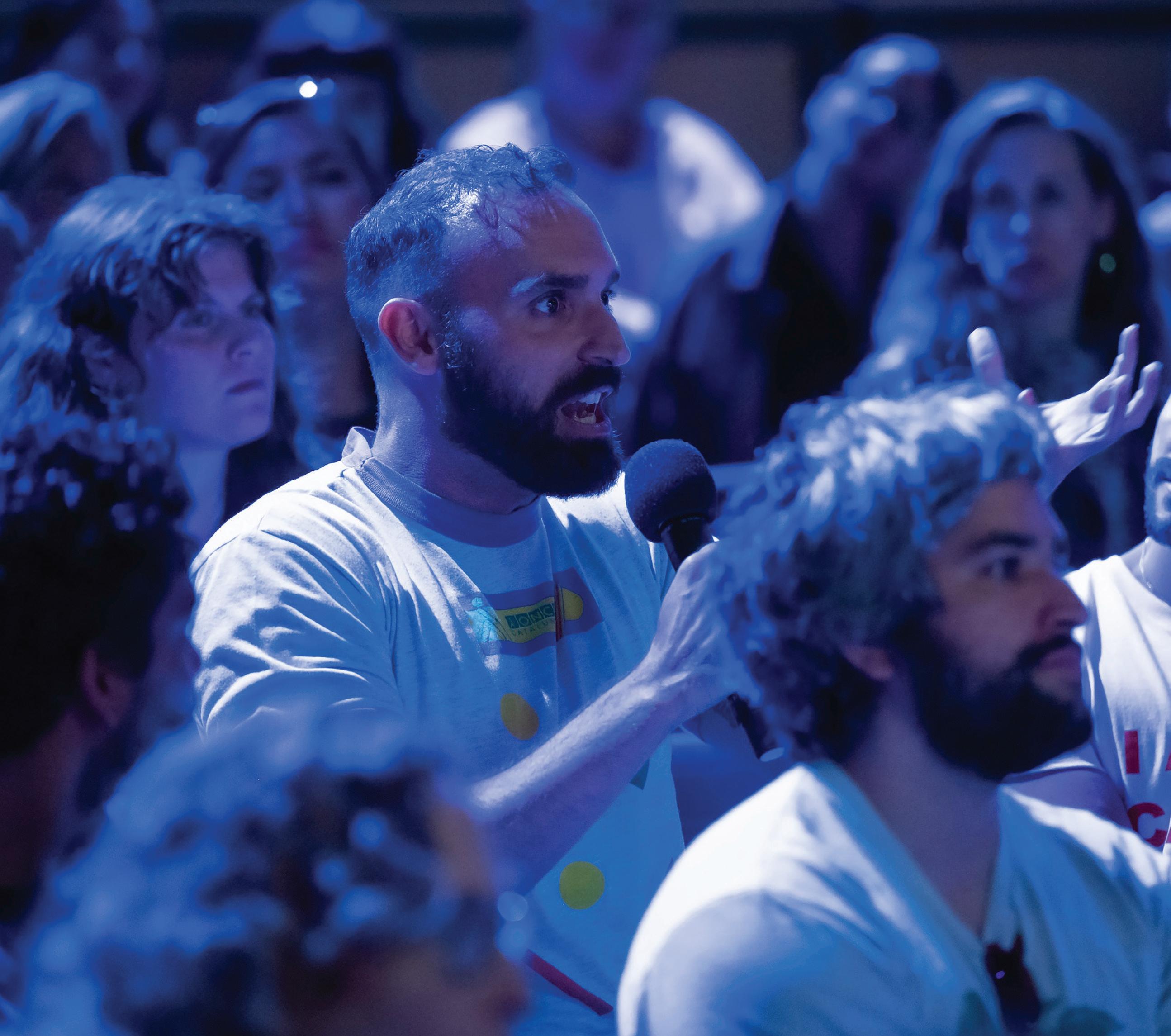



Since 1999, the annual literary festival, Litquake, has featured 11,500 authors and performers appearing before an audience total of 315,000. And in 2025, it’s gaining considerable steam in the East Bay. Numerous writers, poets, illustrators, playwrights and other literary artists participating in Litquake make their homes in East Bay communities. Multiple events this year in Oakland and Berkeley showcase the festival’s top local, national and international literary stars.
The festival runs Oct. 9-25 at more than 60 venues, with ambitious programs that include New Yorker writer, journalist and best-selling author of The Orchid Thief, Susan Orlean, with her new book, Joyride; U.S. poet laureate Ada Limón; Saeed Jones (How We Fight For Our Lives); Maggie Smith (You Could Make This Place Beautiful); Tochi Onyebuchi at Block Community Space; and more.
comedian/writer W. Kamau Bell.
Events held in the East Bay extend the high bar with upper echelon appearances such as Thomas Schlesser, French author of the recently released, #1 international bestseller, Mona’s Eyes. Schlesser appears in conversation with BAMPFA’s Tausif Noor at Unitarian Universalist Church of Berkeley. Also on the roster, Brandon Taylor at the Brower Center and Litquake Aftershocks programs such as Susan Orlean at Montclair Presbyterian Church and Alix E. Harrow at Gilman Brewing.
Forced to choose a single event from the bounty, executive director Norah Piehl selects closing night’s Lit Crawl. During a span of four hours, 60 overlapping free events in the Mission District take place in bookstores, cafés, bars, clubs, barbershops, plant and record stores, and other locations.
BY Lou Fancher
Special programs add pizazz and power: a SongWriter podcast live event with Viet Thanh Nguyen and Thao Nguyen; marathon live readings of MobyDick and Bastard Out of Carolina; Word for Word with Edgar Allen Poe’s The TellTale Heart; two “Litquake at the Movies” events—one centered on John Candy (with biographer Bay Area-based Paul Myers) and another on Berkeley-based Je Chang’s new Bruce Lee biography, Water Mirror Echo, that has Chang in conversation with Oakland-based
“You see the breadth of the literary scene and rediscover these little spaces in the neighborhood,” says Piehl. “The lineup is diverse. It’s a wonderful reminder of how active the Bay Area literary community is and has been for decades.”
About the festival’s deeper push into the East Bay, she notes that investing more energy is not only because many Litquake followers live and work there—including Piehl, who lives in Rockridge—but due to the high number of literary-a liated artists who are the area’s residents. “It’s an opportunity to come together. I paint with a broad brush, and it’s important

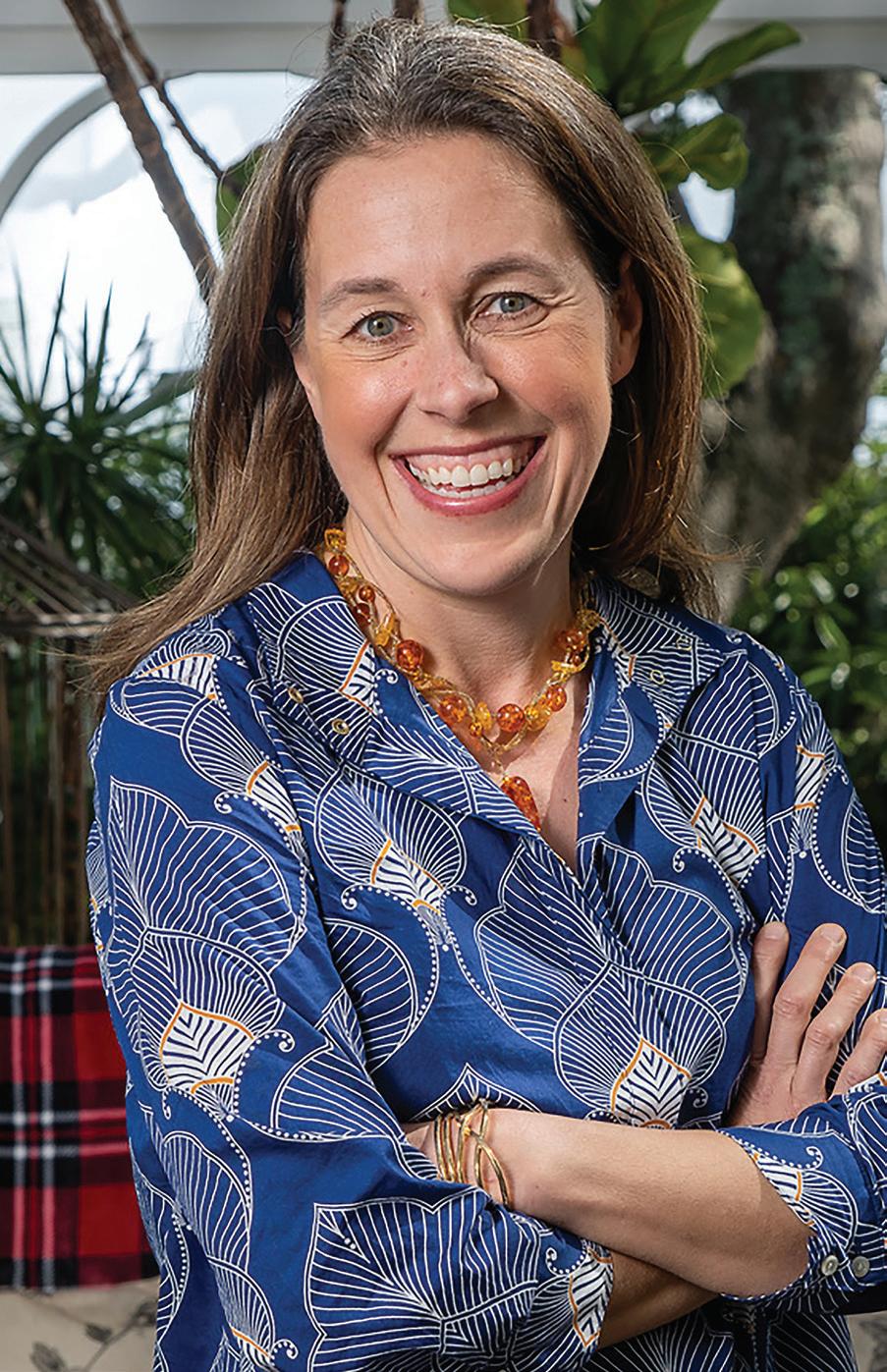
to remember we’re all one literary community,” she says.
The opportunity to highlight East Bay institutions, she says, is equally valuable. Holding Schlesser’s conversation with BAMPFA art history expert Noor is a nod not to the museum and host venues like the Berkeley church. The two Aftershock events, Piehl explains, open up windows on not only Orlean’s master class-worthy writing process—and, with Harrow, the burgeoning romantasy genre—but on Montclair Presbyterian Church and Gilman Brewing.
In choosing and curating every event, Litquake’s intentional focus was on political topics—and on fun. “We wanted ‘how did we get here’ topics, but also opportunities for release, a break, a chance to remind ourselves about getting together to experience joy, which can be hard to come by right now,” says Piehl.
“One event I’m self-indulgently excited about is with poets writing poems in response to Taylor Swift songs,” she notes. “The caliber of Bay Area poets is prestigious, amazing. They’ll read, we’ll play songs, and people can celebrate. And opening night’s ‘Not so Guilty Pleasures’ party allows people to share every trashy,
under-the-radar book or reading material they enjoy.”
Chang’s Bruce Lee biography is about as far from trashy as literature can be. The hefty volume opens up the nuances of the iconic figure Lee came to be as the world’s best-known martial artist and action film hero. His remarkable life was cut short in 1973 at age 32, but his legendary profile remains undiminished.
To tell the story of an Asian American who rose to fame despite colonialist, racist, segregationist, anti-Asian forces, Chang draws from first-person interviews and the special access Lee’s family granted him to thousands of personal documents and photographs. The portrait of Lee the man, not simply Lee the cinematic star, reveals a person who became and remains a powerful symbol of unity, solidarity, strength of purpose and resisting the havoc wreaked by invading forces that bait and alienate people within societies.
“Kamau and I go way back,” says Chang. “Years ago, we both landed on this love of Bruce Lee. He calls himself the world’s number one non-Asian Bruce Lee fan. We’ll be screening Fist of Fury and talk about (early 20th century) colonial power when Japan invaded and occupied





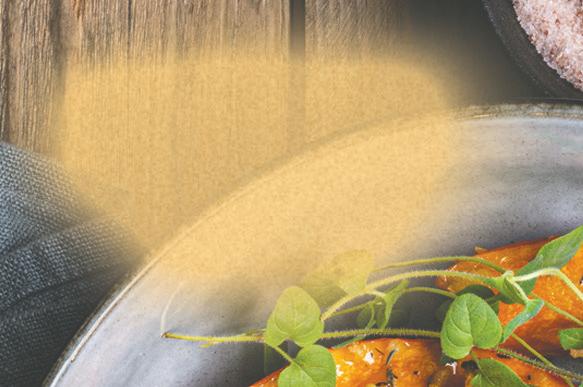
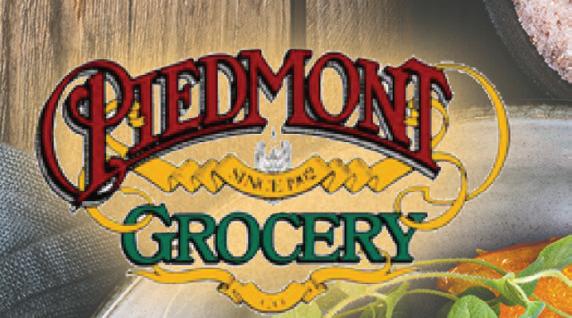










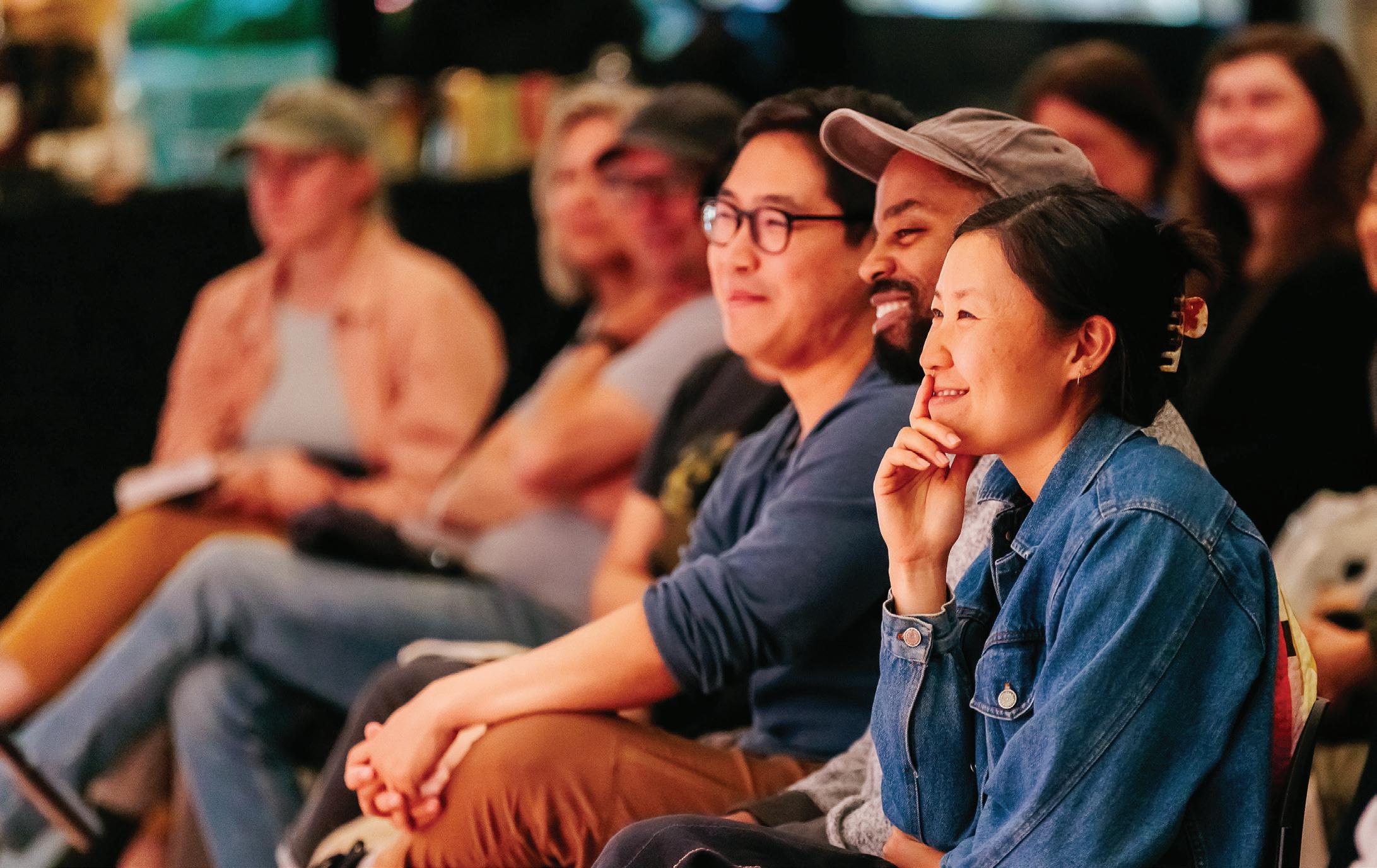
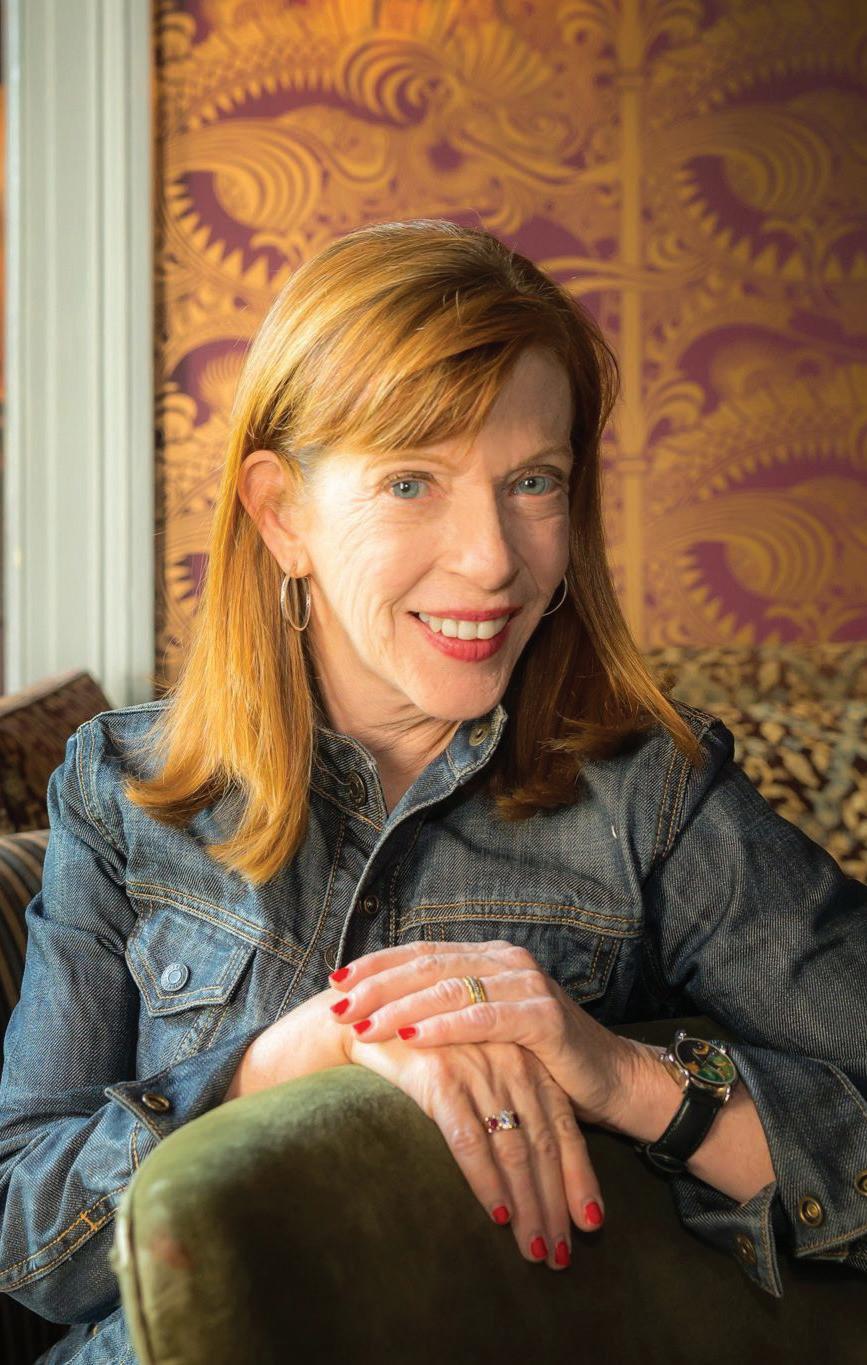
« Shanghai. It’s hard not to see parallels to now, where we have forces tearing apart families in D.C. and California.”
With themes that springboard organically and frighteningly into current times, Chang says the story is also timeless. History repeatedly shows Asian Americans breaking through opposition to honor their identity, traditions, philosophies and practices such as Asian martial arts. In raising their overall visibility and representation in industries including film and more, he says, “Asian Americans are naming themselves, refusing to be identified as ‘oriental,’ ‘less-than,’ ‘subservient.’
“Lee as a symbol during the pandemic,” Chang adds, “when Asian Americans were victimized—his image started appearing across the country in murals, martial arts demonstrations and actions of solidarity with other people who might be oppressed. He’s a symbol of people rising up to take back their power.”
Chang says many Asian Americans are re-evaluating who they’re fighting and what they’re fighting for. “That goes to Bruce’s efforts to be seen in Hollywood. And yet, there’s still a huge yellowface controversy raging on Broadway. How
many steps forward, how many steps back must we take?” he asks.
In Lee’s private papers, Chang recognized a man full of doubt, vulnerability, an inveterate reader. Lee read widely and took voluminous notes. He memorized motivational four-character Chinese idioms and dove into American self-help books, trying to will his dreams into being. Says Chang, “People think of him destined to become this person, but it’s amazing to see what he did in just 32 years. It’s heartbreaking.”
Even so, Chang says Lee’s life and work are ultimately uplifting and demonstrate Asian Americans’ proudest achievements, tremendous pride and Asian Americans’ ability to overcome great odds with grace, intention and determination.
“If people walk away from this book understanding there are millions of people in the U.S. who’ve experienced the same things Bruce did, they will have a better picture of who Asian Americans are,” says Chang. “Lee appears to be above space and time, a superhero, but his is the story of a man, of a people. In all the specificity of his life, we see the universal, which makes him even more a hero.”
For the complete Litquake schedule, visit litquake.org.
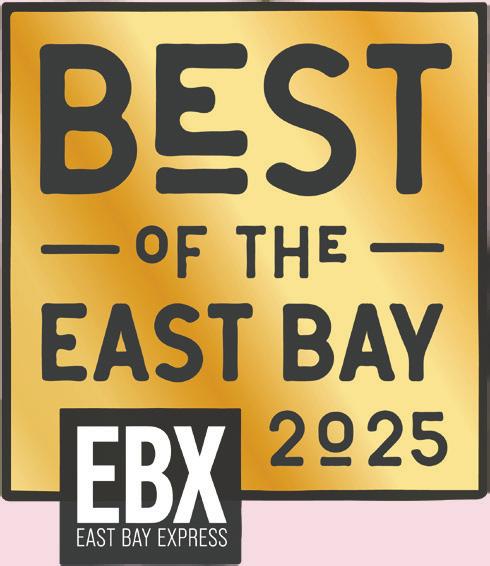

Somebody didn't want these things, but they're still good We saved them from being wasted Now we're selling them in our 3-acre store in Berkeley We're well organized Come take a look. Bring a truck.








SoulPlay is part retreat, part classroom, part celebration and entirely immersive.









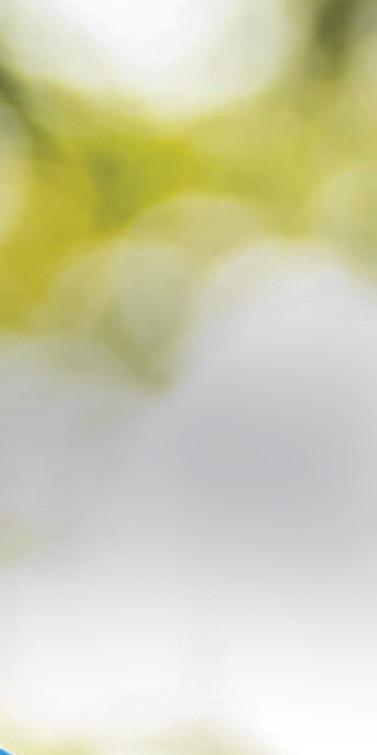


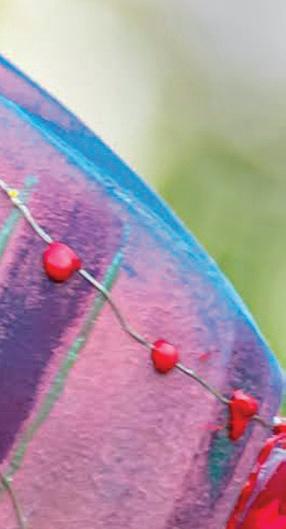


BY Panashe Matemba-Mutasa
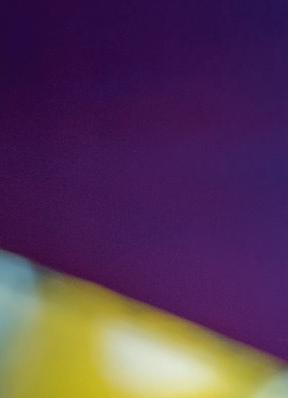








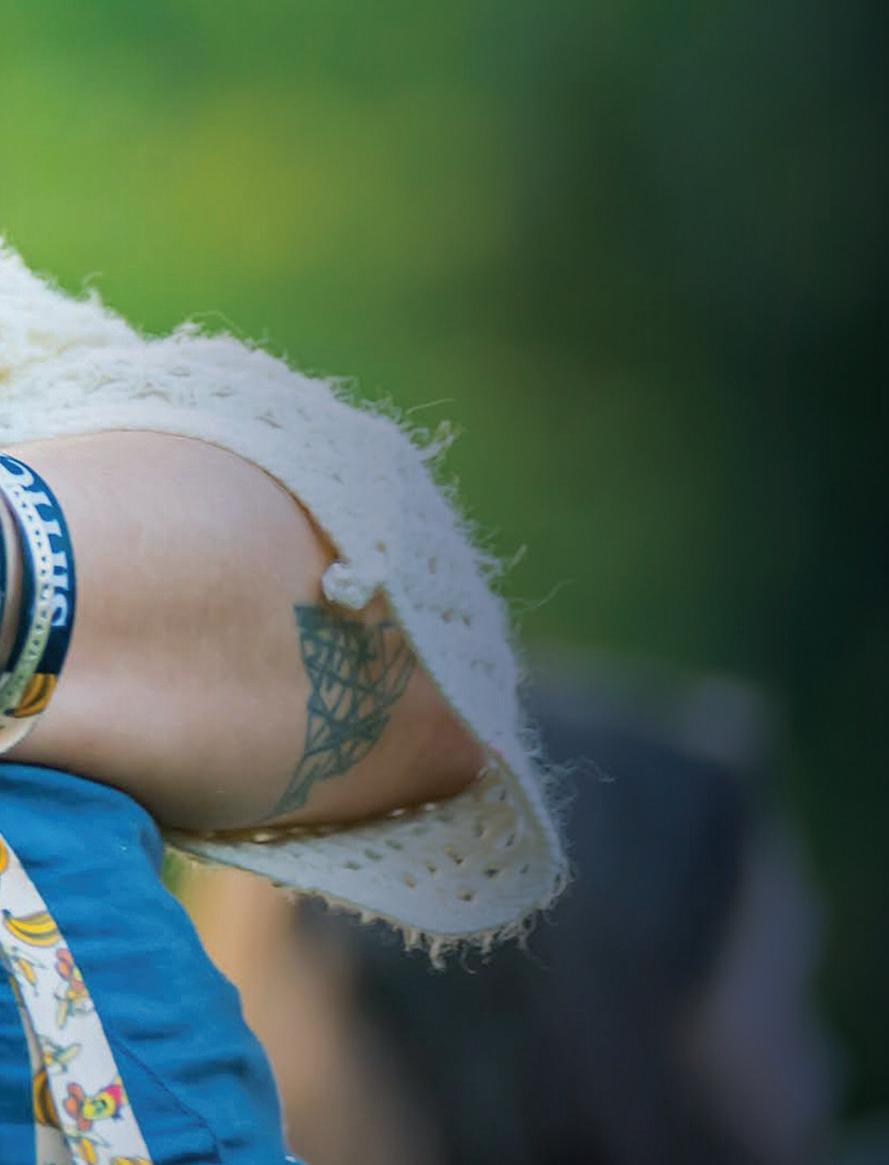
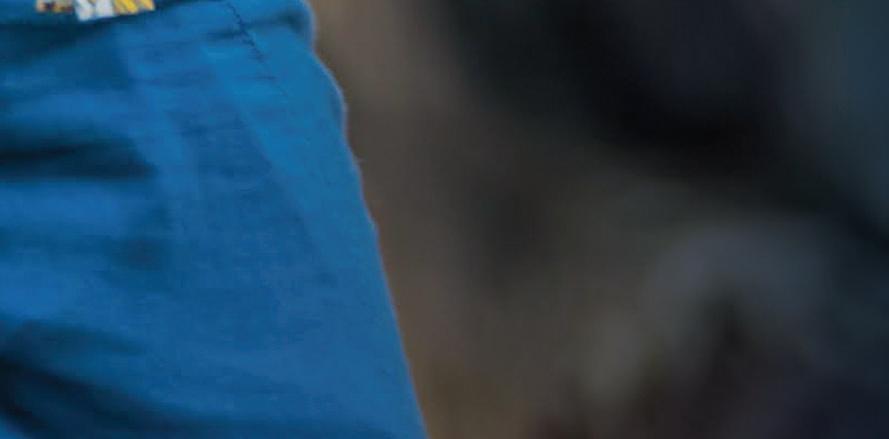
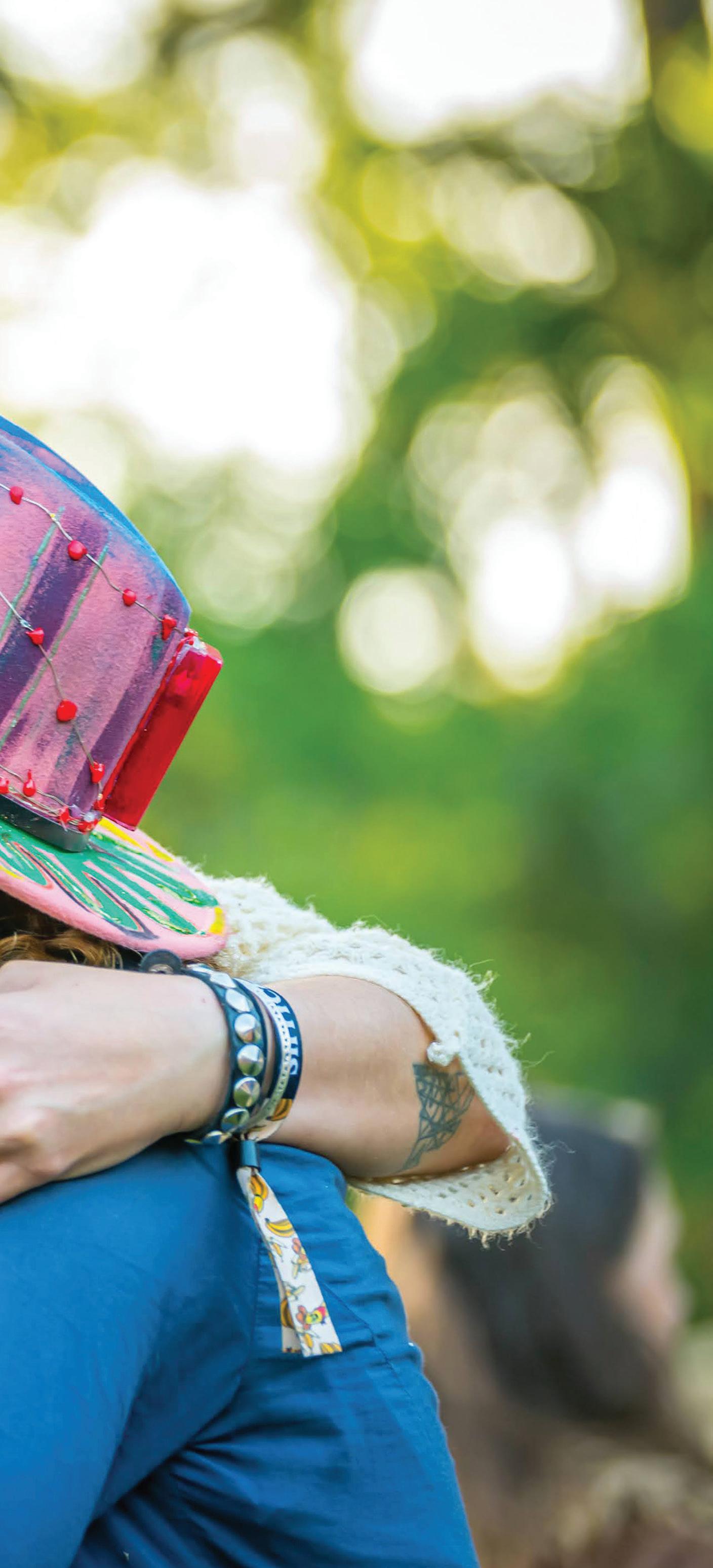

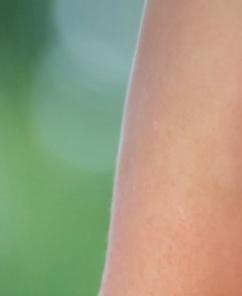


Set deep in the tranquil hills of Cobb, SoulPlay Festival just celebrated its 10th anniversary at Mandala Springs—a dreamy, alcohol- and drug-free retreat located beneath towering oaks, beside a creek and along paddling ponds. Over four days, attendees surrendered to a weekend that blended nature, dance, intimacy and intentional community.
With workshops spanning privilege, sensuality, feedback practice, water dancing, body awareness and queer identity, SoulPlay invites attendees to rethink old assumptions and be seen in their full complexity. It is part retreat, part classroom, part celebration and entirely immersive.
At the heart of SoulPlay’s evolution is Misha Bonaventura, who first joined as the festival’s consent lead in 2017. After a pandemic-induced hiatus, she stepped back into a leading role last year—this time, acquiring the festival and guiding its growth in a pivotal moment. Bonaventura’s vision now centers on building a “consent-forward culture” »
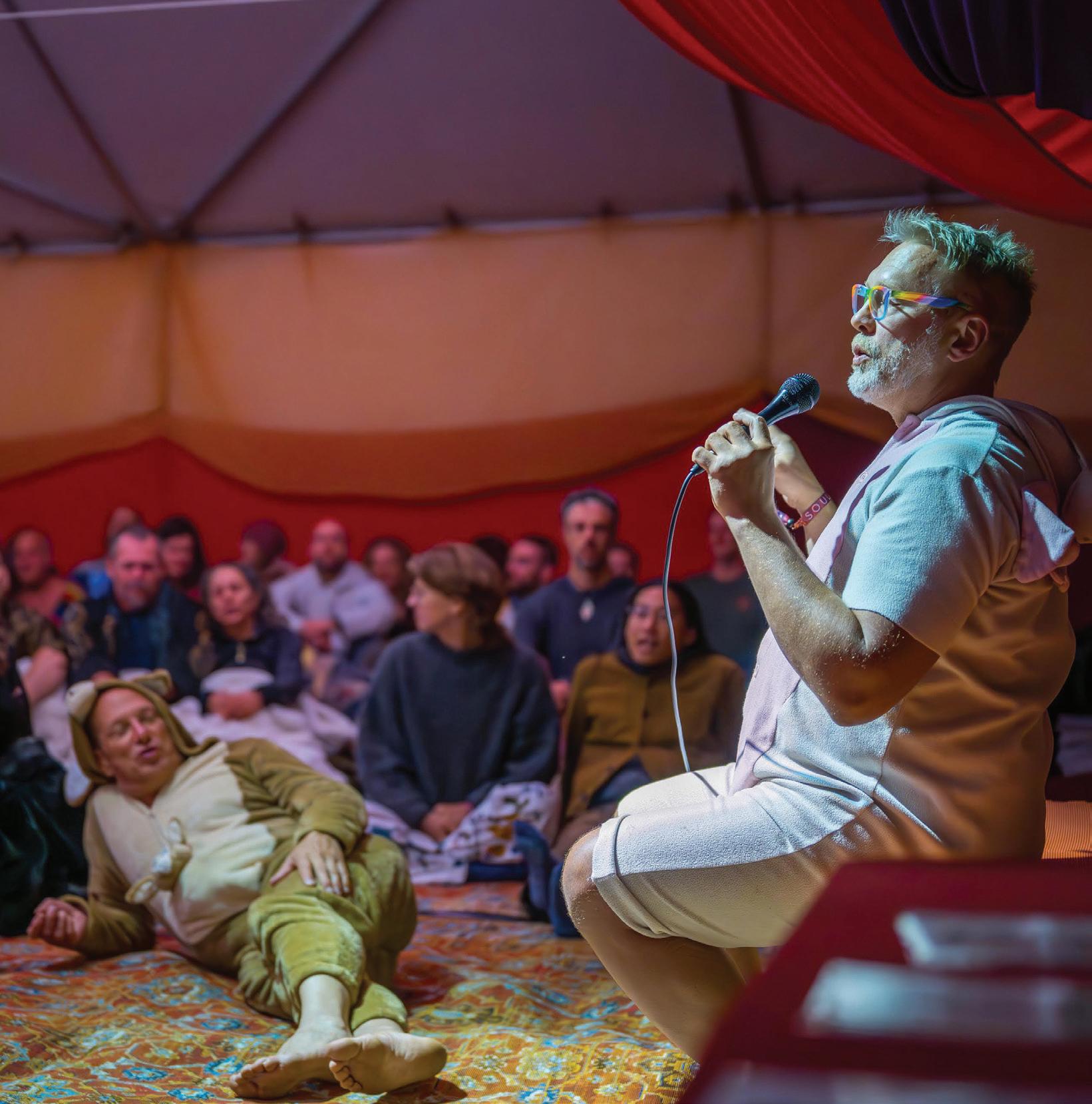
SoulPlay. She envisions intimate activities like The Sway—a dance event designed to soothe and restore—complete with cradles for participants to feel held and safe, and an emphasis on supporting caregivers, especially parents, with spaces where they can relax without worrying about childcare.
“We need to slow down, and regulate our nervous systems, in order to really be in relationship with the earth,” Bonaventura said.
Ticket prices for SoulPlay Festival vary depending on the level of access, but generally include all four days of programming, meals and accommodations on-site. Attendees receive access to dozens of workshops as well as communal art projects, dance spaces and healing sanctuaries. Most tickets also come with a festival T-shirt, camping space or shared lodging options, and access to the festival grounds including ponds, trails and performance areas. Additional ticket tiers may include premium lodging, private workshops or early access to events, allowing participants to tailor their experience while still exploring the core o erings.


where emotional and physical safety are woven into every exchange, which is especially essential in a space exploring sensuality, touch and desire through transformational workshops.
Attendees may benefit from SoulSupport, a peer care system o ering emotional support on the ground. That means feeling safe enough to stretch one’s boundaries, knowing help is nearby, and being asked to step back if things get uncomfortable.
Under Bonaventura’s leadership, the festival has amplified its inclusion e orts. Once predominantly white, this year’s festival approached 50% queer participation and about 25% Black and Brown attendees. SoulPlay also o ers workshops that educate on diversity and inclusion, like its Microaggressions Workshop, to reflect the needs and experiences of its audience.
“We do a lot of work to ensure SoulPlay is an accepting space for all identities,” Bonaventura said.
What’s next, in her view, is bringing nervous-system regulation to the center of
SoulPlay attendee and volunteer Andrew X spoke of joining the Bodywork Team in the Healing Sanctuary, finding it both an opportunity to expand his own coaching practice and a chance to be of service. X said he chose to be involved in SoulPlay because it felt like a valuesaligned community for him. He described the team’s work as creating “an oasis inside the festival.”
“People would come in buzzing from the dance floors and leave lighter, softer, more at home in themselves. Being part of that kind of collective care was really special,” X said.
Looking ahead, Bonaventura hopes SoulPlay can break free from its oncea-year format into multiple gatherings across the year. Her goal is to carry the same embodied healing, communitybuilding and nervous-system care into future events, with hopes of strengthening bonds and sustaining transformation long after the weekend fades.
“The festival is a little edgy, but not too edgy. It’s a wonderful place to dip your toe into alternative space,” she said.
For more info about SoulPlay (2026 festival dates coming soon), visit soulplay.co.




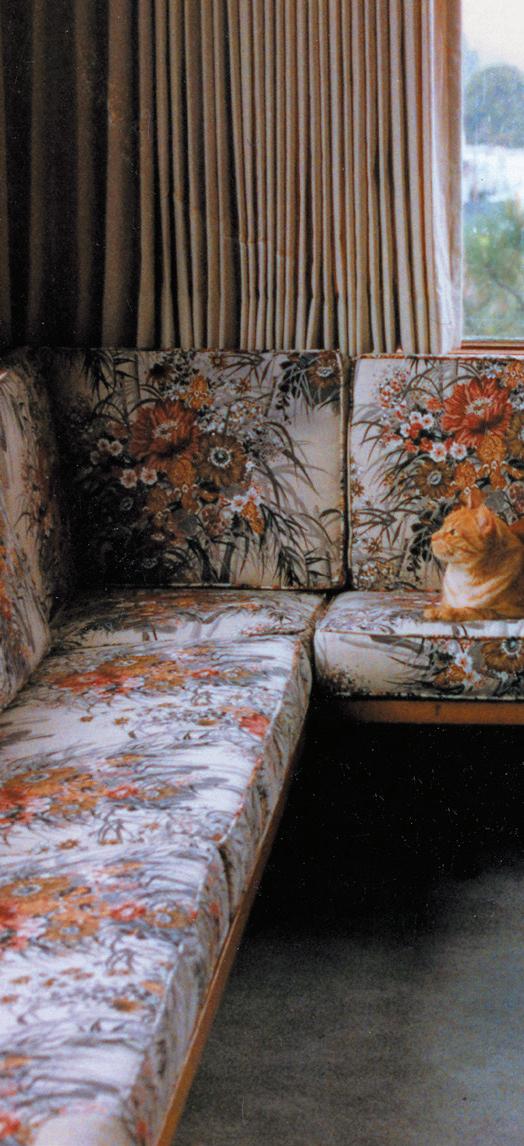






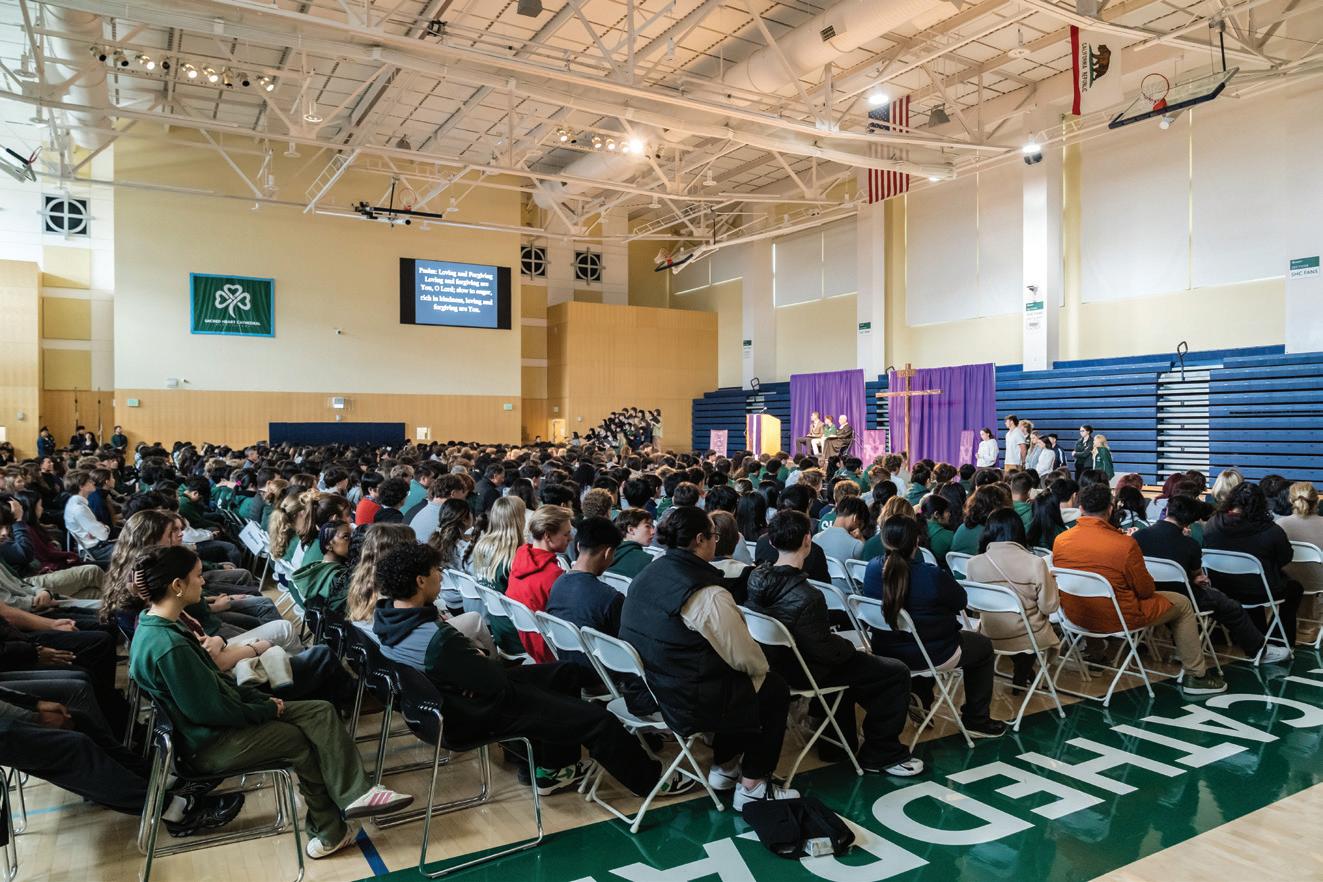



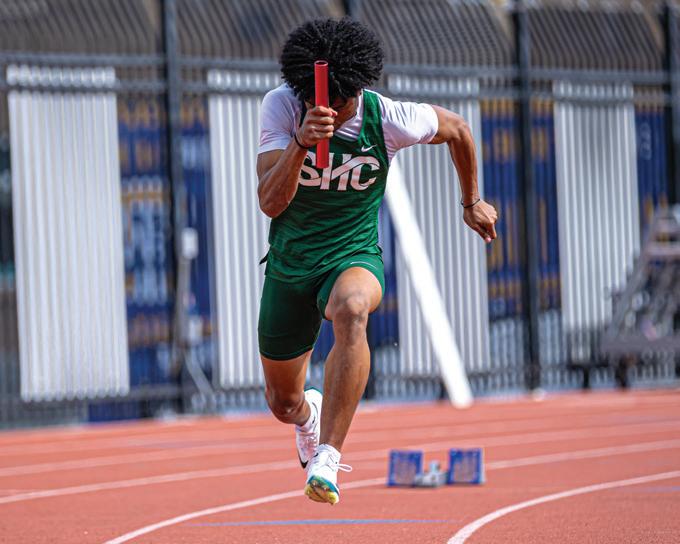



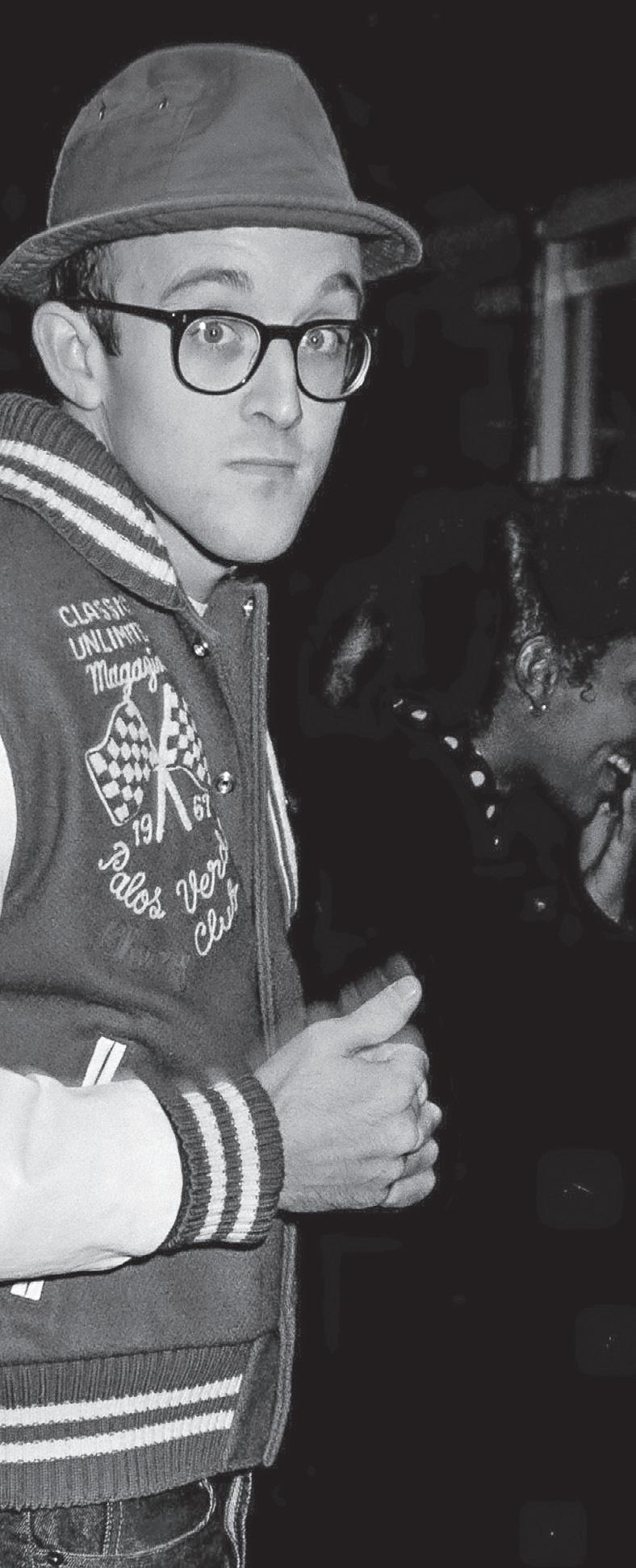

BY Panashe Matemba-Mutasa
On Saturday, Sept. 6, Black and Brown in San Jose transformed into a gallery alive with analog energy. Eric Weiss’ portraits of ’80s and ’90s icons, from Madonna to Tupac, hung beside rows of restored vintage cameras, including Leicas, Nikon rangefinders and large-format machines. At the center are two men: Eric Weiss, the photographer who captured the pulse of New York’s cultural heyday, and Tomek Maćkowiak, a Bay Area craftsperson dedicated to reviving the tools of film photography.
Their collaboration was not just about nostalgia. It’s a meditation on memory, patience and the tactile joy of film in a digital world, reminding us that slowing down can be the boldest act of all.
Weiss’ journey into photography began suspended between boyish play and artistic awakening. Babysitting younger cousins as a 12 year old, he detected a glow of alchemy in his cousin’s makeshift darkroom, a moment he describes as luminous and irrevocable. Books his mother kept at home, with anthropological photographs, further fueled his desire to see how others lived and to traverse worlds via images. A security gig at the Brooklyn Museum brought him face-to-face with a Life photographer’s exhibition—Elliot Elisofon’s African reportage—and crystallized his path.
“It was like a miracle, seeing a blank sheet of paper suddenly having an image on it,” Weiss said, romanticizing his first experience in a darkroom at his cousin’s house.
By his early 20s, Weiss was deep in New York’s frenetic rush for celebrity and fashion. Without formal pathways into the glossy magazines, he navigated through event PR networks, offering to photograph events for agencies so his work could be seen and run in Women’s Wear Daily. One morning after photographing a high-profile event, he delivered contact sheets to the editor, who not only published them but told him he’d like to hire him for future projects. That day marked the start of a career spanning Vogue, The New York Times and behind the velvet ropes of pop culture’s upper echelon.
Before long, Weiss found himself brushing shoulders with the elite. Not every encounter was pleasant—he recalls moments of rudeness, like a sour exchange with Madonna—but others left him with lasting warmth. While photographing backstage at the Grammys for the Times, he crossed paths with Beyoncé. Expecting a carefully guarded star, he was struck instead by her openness. When he asked to take her portrait, she agreed without pretense, leaving him with an impression that has stayed with him.
“She was so just so polite and was like, ‘I hope it turns out good,’” he recalled. What propelled his work from snapshots to artifacts was his approach: Like a surfer, he waited for the perfect wave—the decisive visual moment. Surrounded by photogs
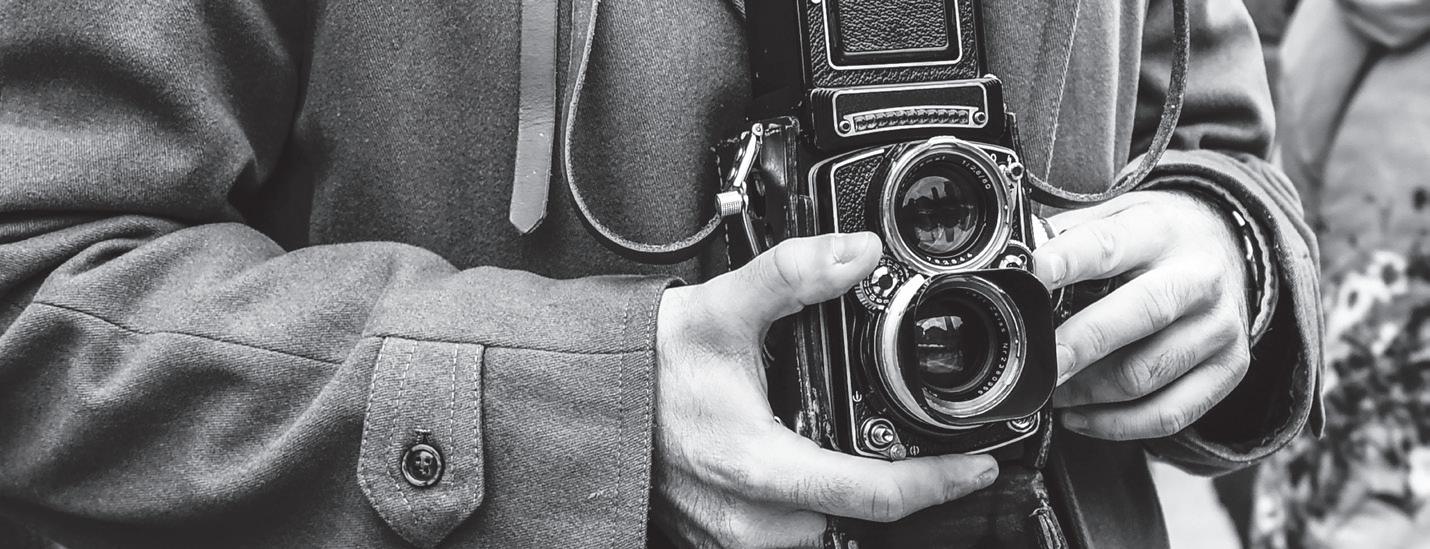
flashing relentlessly in the chaos of filmera event lighting, he learned to be quiet, respectful, invisible, patient.
Even today, Weiss shoots film, not for nostalgia but for its mindful precision. And though the process is more involved than digital, the photography veteran declares that film remains gratifying. While portraiture is still his first love, he now mostly captures Northern California’s landscapes for pleasure.
“I love going out to Death Valley and chasing the light with a 4x5 view camera,” Weiss said.
Film photography’s decline was dramatic but not total. In the U.S., photography reporter Pete Brook discovered sales of film cameras plummeted from 19.7 million units in 2000 to under 250,000 by 2010. Camera brands, labs and empires disintegrated. Kodachrome processing ended in 2010, and the last roll was developed in a Kansas lab in January 2011, according to KANSAS! Magazine
But analog isn’t dead, and the market has slowly revived. By 2023, global film production rose 18% year-over-year, distributing more than 20 million rolls worldwide, according to Market Growth Reports. Gen Z and millennials are embracing film for its authenticity, imperfections and “romantic mistakes” like grain and light leaks, journalist Ellie Violet Bramley reported last year. Why? It’s not just visuals; it’s the process. Film photography demands presence: manual loading, focused composition and timed exposures. Both Maćkowiak and Weiss say that “digital fatigue,” “dopamine overload” and the desire for slow craft propel film’s resurgence. Analog photography offers delayed gratification, mindfulness and a tangible artifact in a commodified digital flood.
Yet constraints remain: Fewer than 1,200 full-service labs worldwide (in 2023), processing delays and rising costs challenge the analog revival, another Market Growth Report states. Still, art schools, workshops and analog festivals are growing fast. East Bay Photo Collective, for example, is an Oakland-based nonprofit aiming to provide inspiration, education and community through photography.
Maćkowiak’s relationship to film is hands-on. A self-identified technical person, he found grounding in the analog process when other art forms like painting proved to be too challenging for him. He shoots plenty in his free time, but his main focus is vintage camera collection. Maćkowiak collects, repairs and rebuilds everything from World War II-era Leicas to medium and large format systems, with the hope of providing film photographers with access to working tools.
“It’s my little way of giving back to the film community,” he said.
He sees analog photography as an accessible form of high art. One roll only yields one or two perfect frames—but those frames become cherished and more meaningful. Film demands precision, offers physicality and gives emotional rewards that the fast shooting nature of digital cannot, he argues. In a world of instant everything, Maćkowiak says analog is deliberate beauty.
Maćkowiak invited Weiss into what began as a solo camera show because he admired his extensive body of high profile work. On Sept. 6, attendees browsed grids of Weiss’ celebrity portraits—fashion icons, musicians, political figures. They also saw Maćkowiak’s restored vintage cameras. The two photographers want the show to inspire people desiring to learn more about the world of film.
“I hope people can feel that my work touches a part of their soul,” Weiss said. ❤





BY Jeffrey Edalatpour
Mythologies are built up and around famous chefs, layer upon layer, with the same amount of labor it takes to make daily batches of buttery croissant dough. The biographies of Julia Child, Anthony Bourdain and Alice Waters are all informed by a series of apocryphal stories drawn from their own anecdotes or those recited by their acquaintances, coworkers and loved ones. In addition to their cookbooks and public appearances, an on-screen presence is key to establishing a chef’s identity in viewers’ imaginations.
Jacques Pépin’s affable TV persona, once it was honed, is approachable but formal, always irreproachably professional. His rapport with the camera is at once congenial and direct, which is to say he takes a no-nonsense approach to a career that has inspired thousands of cooks to follow, if not in his footsteps, then on a parallel path towards the demanding work required of a restaurant chef.
The non-professional watching at home not only wants to taste what Pépin is cooking on any one of his TV series but also wants an invitation to eat a meal at his dinner table. Brave attempts to make the

companion recipes are not a requirement. It’s compelling enough to watch Pépin dice an onion or disassemble a plucked chicken. Each episode is verifiable proof that the chef who wrote the seminal book, La Technique (1976), knows how to wield a knife.
In the context of Pépin’s life, “farm to table” takes on a new meaning. An American Masters episode, Jacques Pépin: The Art of Craft, respectfully documents the pivotal moments that carried him from the outskirts of Lyon to a Parisian kitchen, where he cooked meals for Charles de Gaulle and co. But Pépin made his name in the United States. As Fareed Zakaria points out in The Art of Craft, Pépin’s story is also an immigrant’s story. Albeit as lived by someone who embraced his natural culinary gifts and enhanced them with industry, ambition and a sense of joyfulness.
To mark the occasion of his 90th birthday, alongside the publication of his latest book, The Art of Jacques Pépin: Favorite Recipes and Paintings from My Life in the
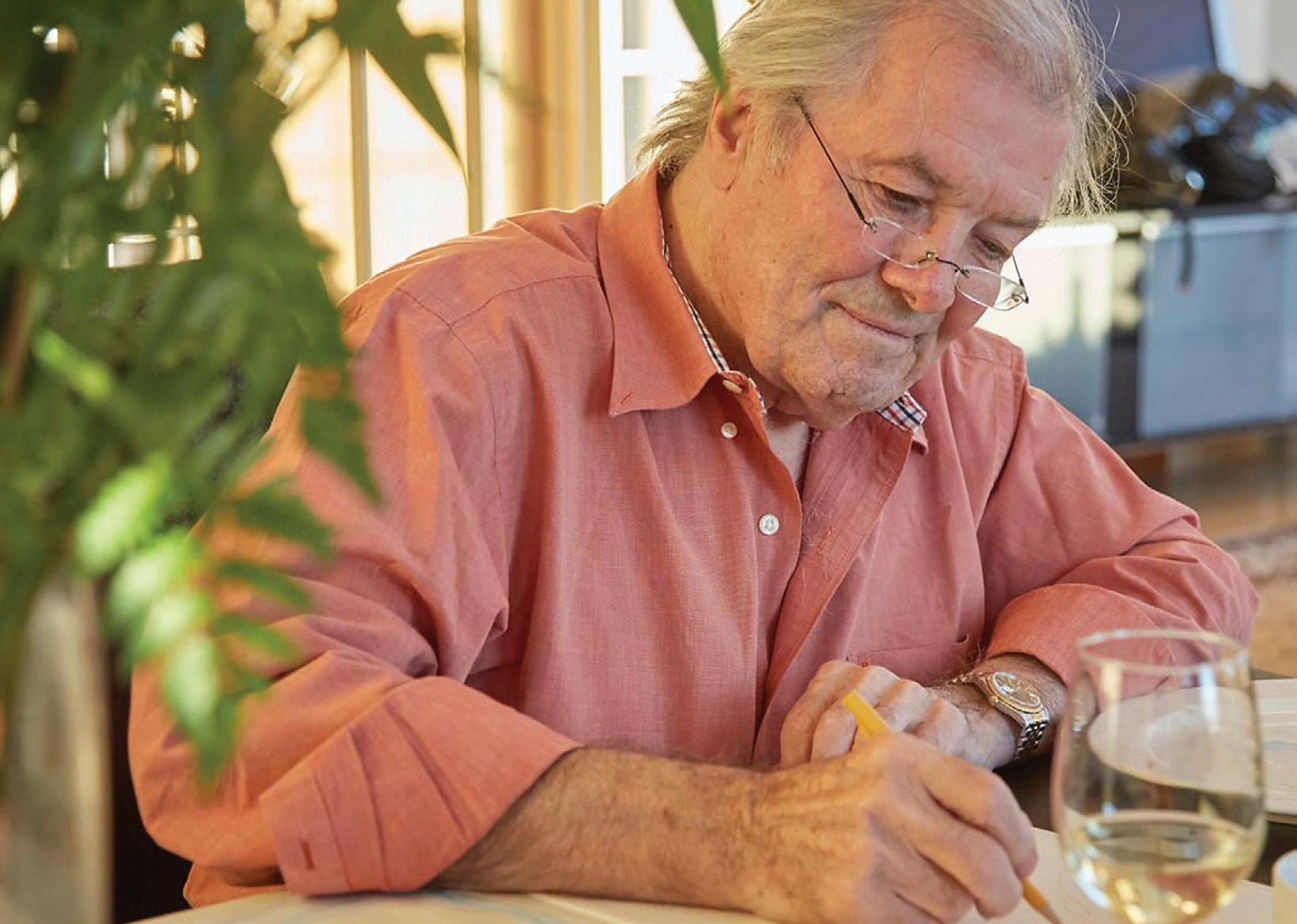
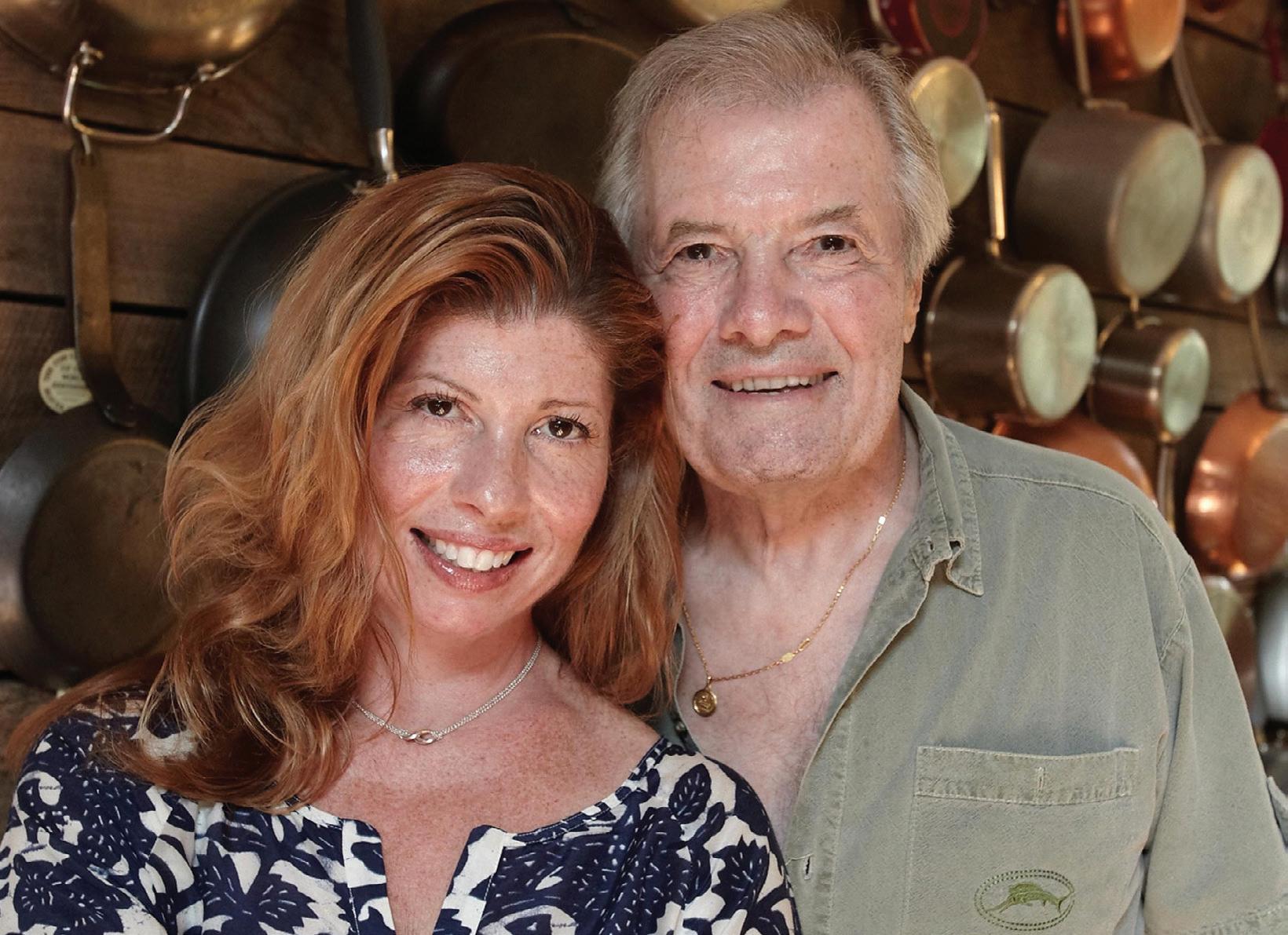
Kitchen, Pépin will take part in a series of food- and wine-related events in Napa this fall. From Oct. 23 through Nov. 2, friends, family members and a legion of fans will be by his side to celebrate. A benefit dinner at The French Laundry for the Jacques Pépin Foundation has already sold out, but there are several other opportunities for the public to interact with Pépin and his acolytes.
At the time of this writing, tickets are still available for dinner at TORC with chefs Kyle Connaughton and Sean O’Toole (Oct. 23); a reception and familystyle dinner at The Culinary Institute of America at Copia (Oct. 25); a booksigning at Hestan Vineyards (Oct. 28); a multi-course dinner paired with wines from Penfolds (Oct. 30); and an on-stage interview moderated by KQED public media’s Cecilia Phillips at Napa’s Uptown Theatre (Nov. 2).
When Pépin and I spoke in August about some of the highlights in his career, he responded to my questions with a characteristic lack of vanity. After three years of kitchen apprenticeships in Lyon, from the ages of 13 to 16, Pépin moved to Paris to try his luck on a bigger culinary stage. Eventually, he got a job at the Hôtel Plaza Athénée. The Art of Craft pans across a photograph of Pépin lined up with 47
other cooks at the famous hotel. The idea of America pulled him away from his cohorts.
“Most people come to America for economic, political, racial or religious reasons,” he said. “But I had a good job in Paris, and I was doing well.” At the time, Pépin was intrigued by the American way of life. But when he was much younger, his spirits were buoyed by World War II soldiers who distributed food. “I was small during the war, but I still remember running after the American tanks, and it was probably the first time I ate, or that I remember, eating chocolate,” he noted. It’s fitting that America came to life in his imagination with a memorable first taste of chocolate.
Pépin only intended to stay abroad for a year. But after working at Le Pavillon in New York City, he discovered a different approach to the work day. In France, it was the norm for cooks to work back-to-back double shifts. At Le Pavillon, one shift was the equivalent of half a day back home. “Things were more open. People were very welcoming. I loved it and stayed,” he said.
Bourg-en-Bresse, where Pépin was born, is celebrated in France for their chickens. Pépin has retained a lifelong affection for them. In Art Of The Chicken: A Master Chef’s Paintings, Stories, and Recipes of the
KQED public media’s Cecilia Phillips will moderate a talk with Jacques Pépin; his daughter, Claudine; and filmmaker Peter Stein at Napa’s Uptown Theatre on Nov. 2.
Humble Bird (2022), he paints them the way that other artists paint their human models, with a range of tones and moods and colors. Pépin also provides recipes along with reflections about his origins. But from the myriad chicken recipes in the book, I asked him to identify a couple of his favorites.
“I can count 12 restaurants in my family, all of them run by women,” he recalled. Each had their own chicken specialty. His mother made a chicken in cream sauce with tarragon. His aunt made chicken with morels. “Some of those dishes take me back to my apprenticeship and my youth,” he said. “If I closed my eyes and you served me my mother’s chicken, I would say it is hers.”
That transportive quality of a dish indirectly informs Pépin’s catchphrase, “Happy cooking.” But the cheerful words are also a toast to his audience, an expression of good will. In turn, the fall celebrations are an extension of all those televised toasts returning to cheer him on, their grateful arms raised with flutes of chilled, bubbling Champagne.
‘Napa Valley Celebrates Jacques Pépin’s 90th Birthday’ takes place from Oct. 23-Nov. 2. For ticket information, go to celebratejacques.org/napa.

BY Daniel O’Donnell
Egyptian tomb paintings and archaeological evidence suggest that there were farmers markets more than 5,000 years ago.
Agricultural communities throughout Northern Africa, the Middle East, Europe and Asia had farmers markets in the following centuries. The Boston Market became one of the earliest recorded markets in the United States in 1634. Open air farmers markets were abundant until around the 1930s when supermarkets began to spring up, offering an abundance of groceries at a lower price. Many local farmers markets closed in subsequent years. »



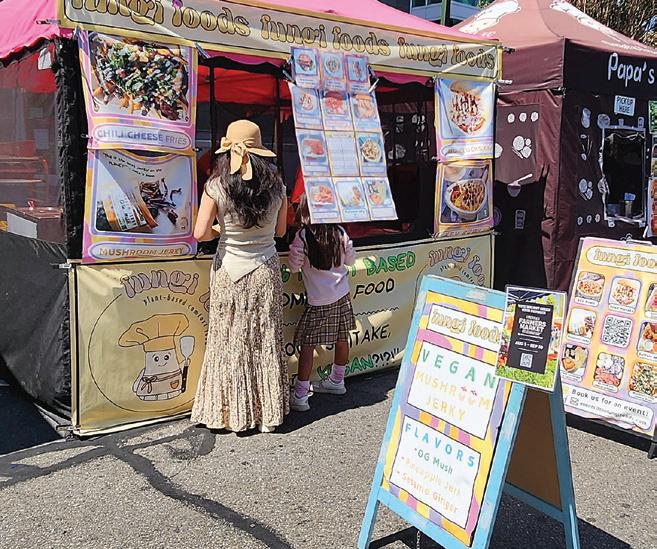
A revival of U.S. farmers markets began in the 1970s. California was an early leader. A cannery workers’ strike and demand for fresh local produce led to a series of policy changes in 1977 and 1978, referred to collectively as the California Direct Marketing Act. This act allowed farmers to bypass prior regulations and sell directly to the public. It benefited the farmers by eliminating the excessive costs of compliance and giving them the flexibility to sell nonstandardized crops. Consumers benefited from fresher produce and greater variety.
Today, there are numerous farmers markets throughout the Bay Area. Staples include fresh fruits and vegetables, kettle corn, hummus, baked goods, eggs, exotic mushrooms, honey, food and drink vendors as well as live music. More unusual market items include coffee, local meats, poultry and seafood, cured meats, artisan cheeses, dog treats, cheesecakes, doughnuts, jams and sauces as well as knife-sharpening services.
Here are some local markets that offer something unique:
Ferry Plaza Farmers Market, San Francisco Visitors to San Francisco often place this market on their itinerary. Bay Area residents can access it with a drive, BART ride or ferry trip. A “must try” is fresh wasabi from Half Moon Bay Wasabi, which is one of only a handful of wasabi farms in North America. Tuesdays and Thursdays, 10am to 2pm; Saturdays, 8am to 2pm.
Downtown San Leandro Farmers’ Market is a seasonal night market which runs from April through October. A “must try” is the shawarma spice from Bodega Trading Company. The blends are hand-mixed in small batches. Wednesdays, 3 to 7pm.
Kaiser Permanente Fremont Farmers’ Market is a small year-round mid-week market. Exploring a farmers market can be a nice break in the work week. This market feels more relaxed, with less of the hustle and bustle of weekend markets.
A “must try” is the plant-based kabobfilled bolani, an Afghani flatbread from Bolani Flatbread Queen. Other filled bolanis include spinach, spicy potato and pumpkin. Thursdays, 10am to 2:30pm.
Pleasanton Farmers’ Market might be the friendliest Bay Area market. Maybe people enjoy the complimentary
wine tasting at the Peltier Winery and Vineyards booth. Estate bottles from the Lodi winery are available for purchase. A “must try” is the Moroccan empanada from Empanadas. One can’t go wrong with the many other internationally inspired flavors. Saturdays, 9am to 1pm.
Danville Farmers’ Market is a casual market with quality vendors. What makes this market unique is its location in front of a restored train depot, the home of the Museum of the San Ramon Valley. The museum is open during market hours and has rotating exhibits. A restored caboose provides the restrooms for the market. A “must try” is the guava or other exotically flavored kefir yogurt from the Frenchy Gourmet. Saturdays, 9am to 1pm.
Walnut Creek Farmers’ Market is an upscale market. One may indulge by getting a massage at the Systemic Harmony booth. Massages are reasonably priced and are offered in various durations. A “must try” are the Lion’s Mane mushroom crabcakes from Fungi Foods, a company highlighting cooking comfort food with gourmet mushrooms. Sundays, 9am to 1pm.
Jack London Square Farmers Market is a small market with about 30 vendors lined up along a scenic promenade. A free one-hour yoga session is taught each week on a shady lawn near the center of the market. The view of the estuary and the slight breeze from the bay make this a great way to spend a Sunday afternoon. A “must try” is the pistachio croissant from Whatcoffee and Bakery. Sundays, 11am to 4pm.
Ecology Center’s Berkeley Farmers’ Markets are committed to supporting small-scale farmers who practice sustainable agriculture. They include year-round markets on Saturdays, 10am to 2:30pm in Downtown Berkeley on Center Street at M. L. King, Jr. Way; Thursdays, 3 to 7pm in North Berkeley on Shattuck Avenue at Vine Street; and Tuesdays, 2 to 6:30pm in South Berkeley on Adeline Street and 63rd Street.
There are around 115 farmers markets in the Bay Area. Even though the markets listed above each have an element that makes them a unique destination, visiting any of the other local farmers markets is meant to produce an enjoyable time. ❤

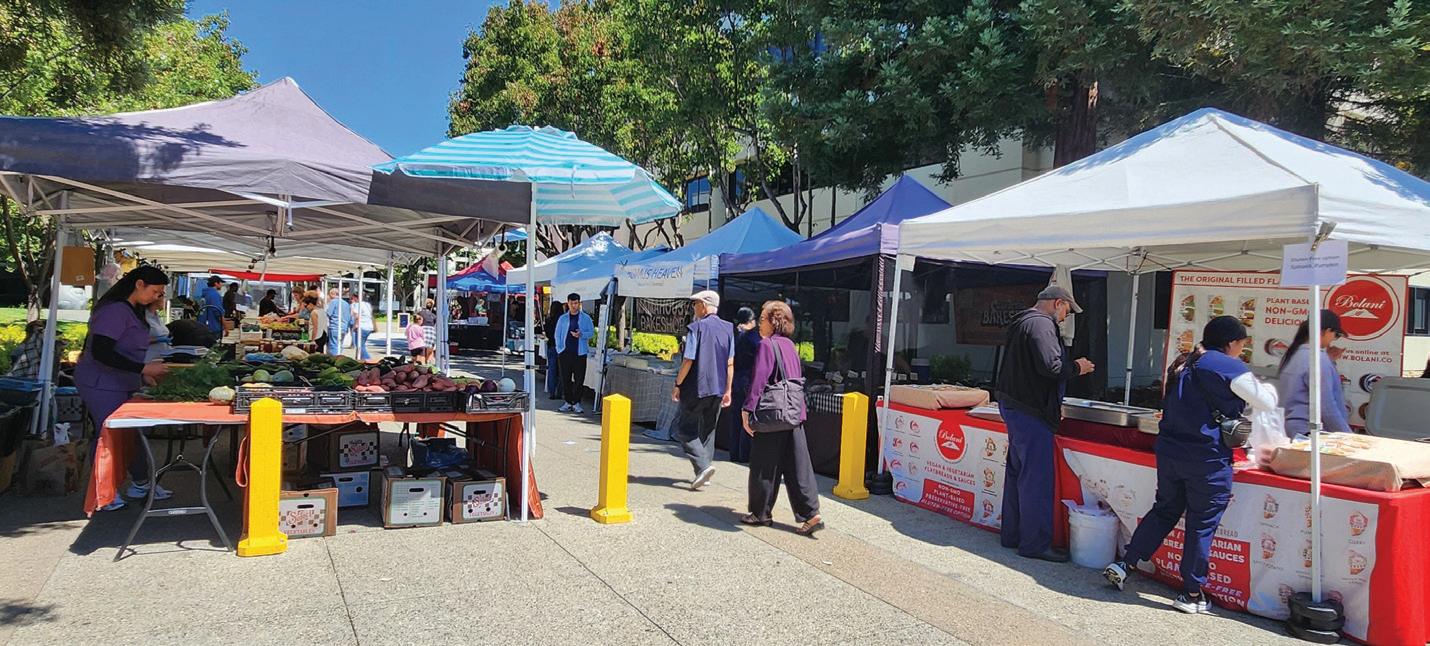


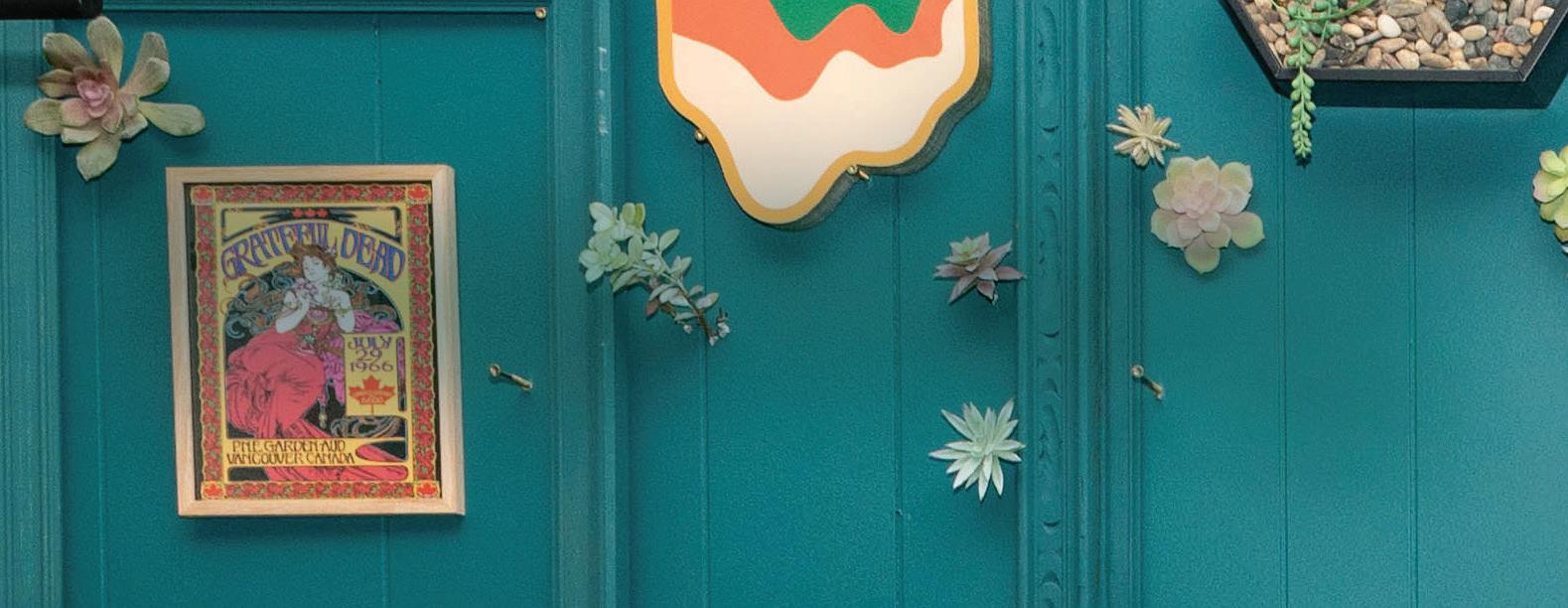



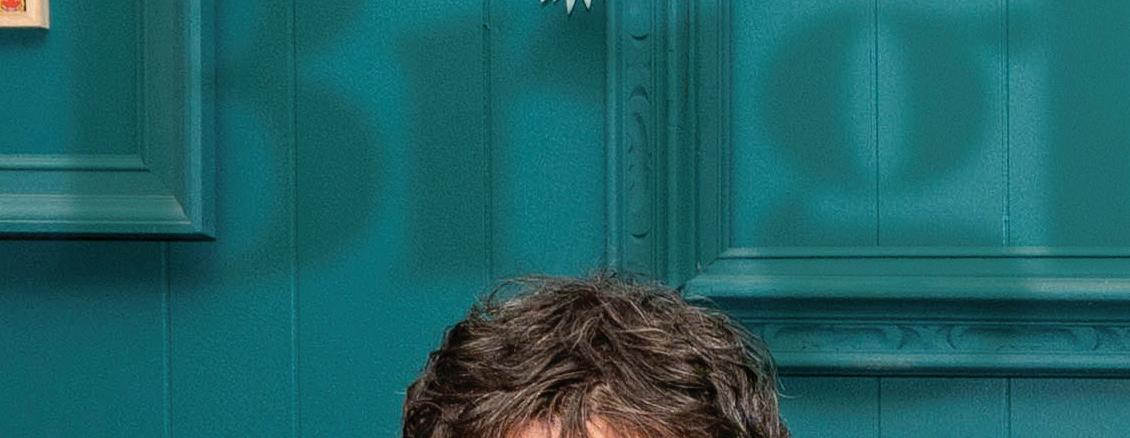
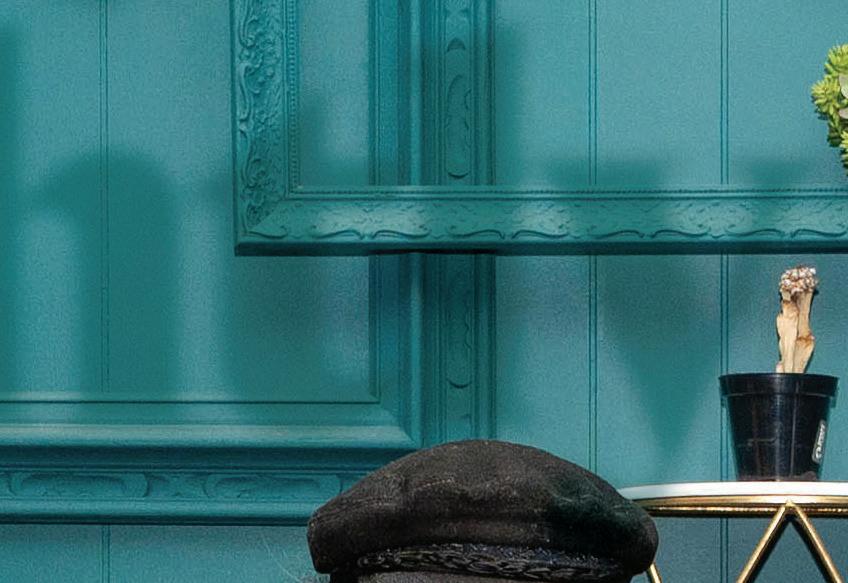

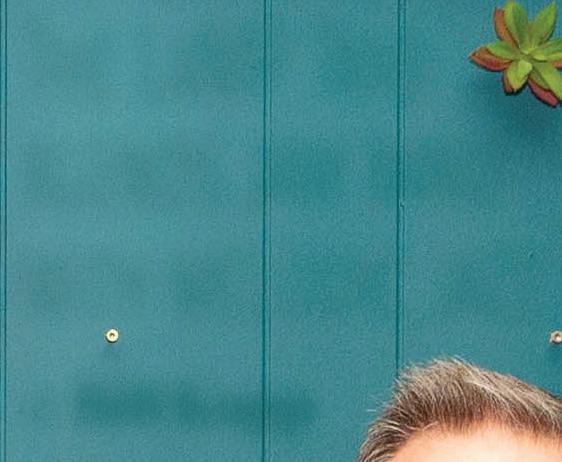
BY Bill Kopp
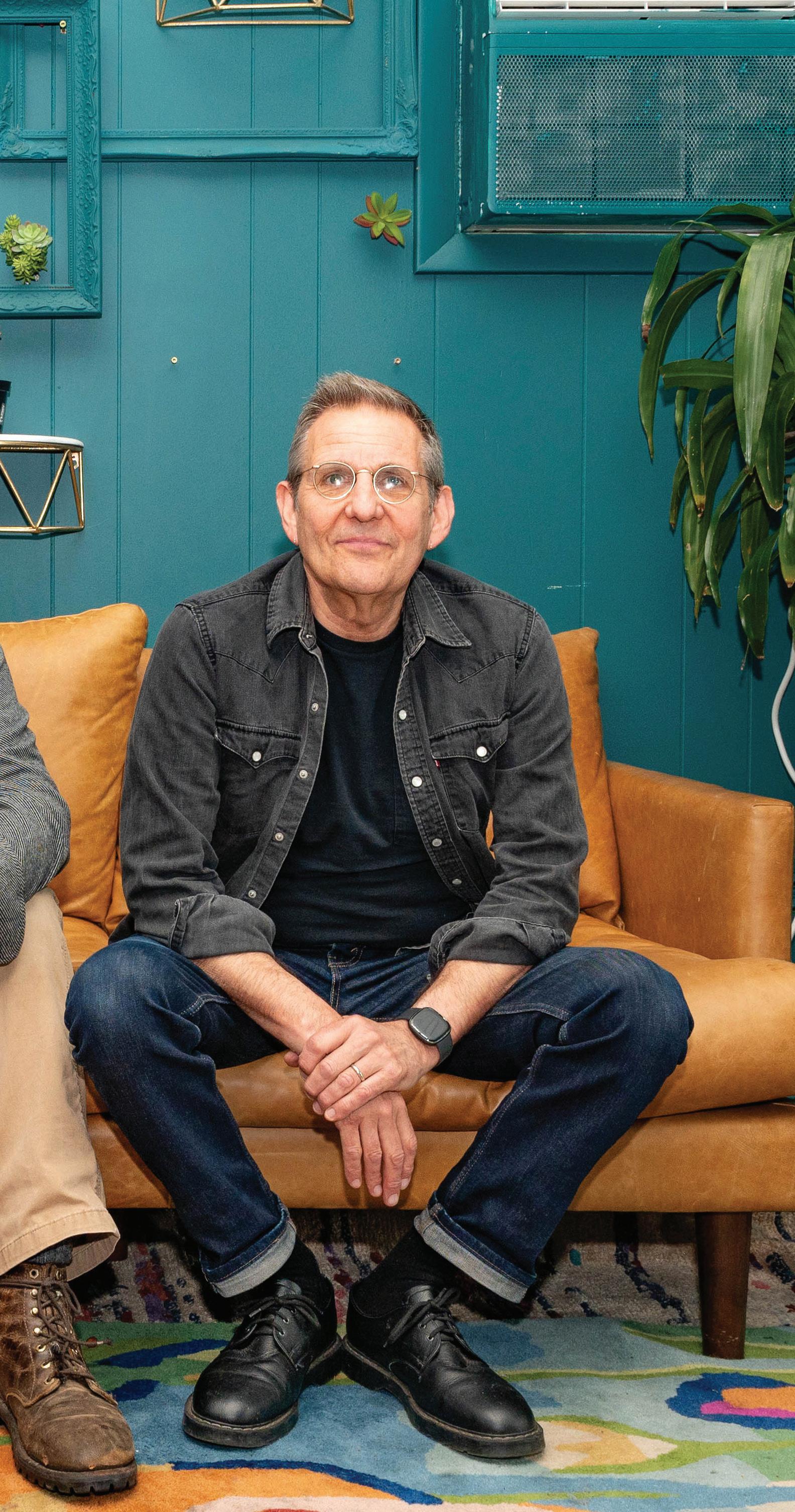
Three esteemed players have joined forces almost by chance, and the result is one of music’s more dynamic and vital outfits. Combining a melodic jazz sensibility with the unpredictability of a jam band, the LaMP Trio keeps its members—and the audience—on their toes. The trio comes to Cornerstone Berkeley Oct. 10.
Guitarist Scott Metzger had crossed paths with the duo Soule Monde, drummer Russ Lawton and organist Ray Paczkowski, many times before they decided to team up. “We were all fans of each other’s playing,” he says. “In 2017 or so, we were all at a festival, and we said, ‘We should get together and play, and see if it works. We’ve gotta make this happen someday.’”
Considering their busy schedules, that day came sooner than expected. Metzger explains that at the time, he discovered that he shared a booking agent with Soule Monde. “Pat May was the one who put his foot down,” he recalls. “He said, ‘I’ve got the schedules for all three of you guys in front of me, and I’m booking you a gig at Nectar’s.’” May, Metzger says, had a strong sense that the three would work together very well. “This was even before we had any material,” he adds with a laugh.
In December 2018, the new LaMP Trio of Lawton, Metzger and Paczkowski, taking its name from its members’ surnames, debuted at the revered music venue on Burlington, Vermont’s Main Street. Anticipation had been building. “To our surprise, it sold out,” Metzger says. “We didn’t even know what we were going to play, but we thought, ‘Well, we’ve got to figure something out.’”

The three had shared musical ideas via email ahead of time. Making use of what he laughingly calls a “very long sound check” at Nectar’s, they put a set together. “We played some of my tunes and some of theirs,” Metzger recalls. The gig was a rousing success. “It was pretty clear to everybody that there was something special going on here,” he continues, “something that was worth following up on.”
The LaMP Trio did exactly that. “I drove up to Berlin, Vermont several times, and we wrote a bunch of songs,” »
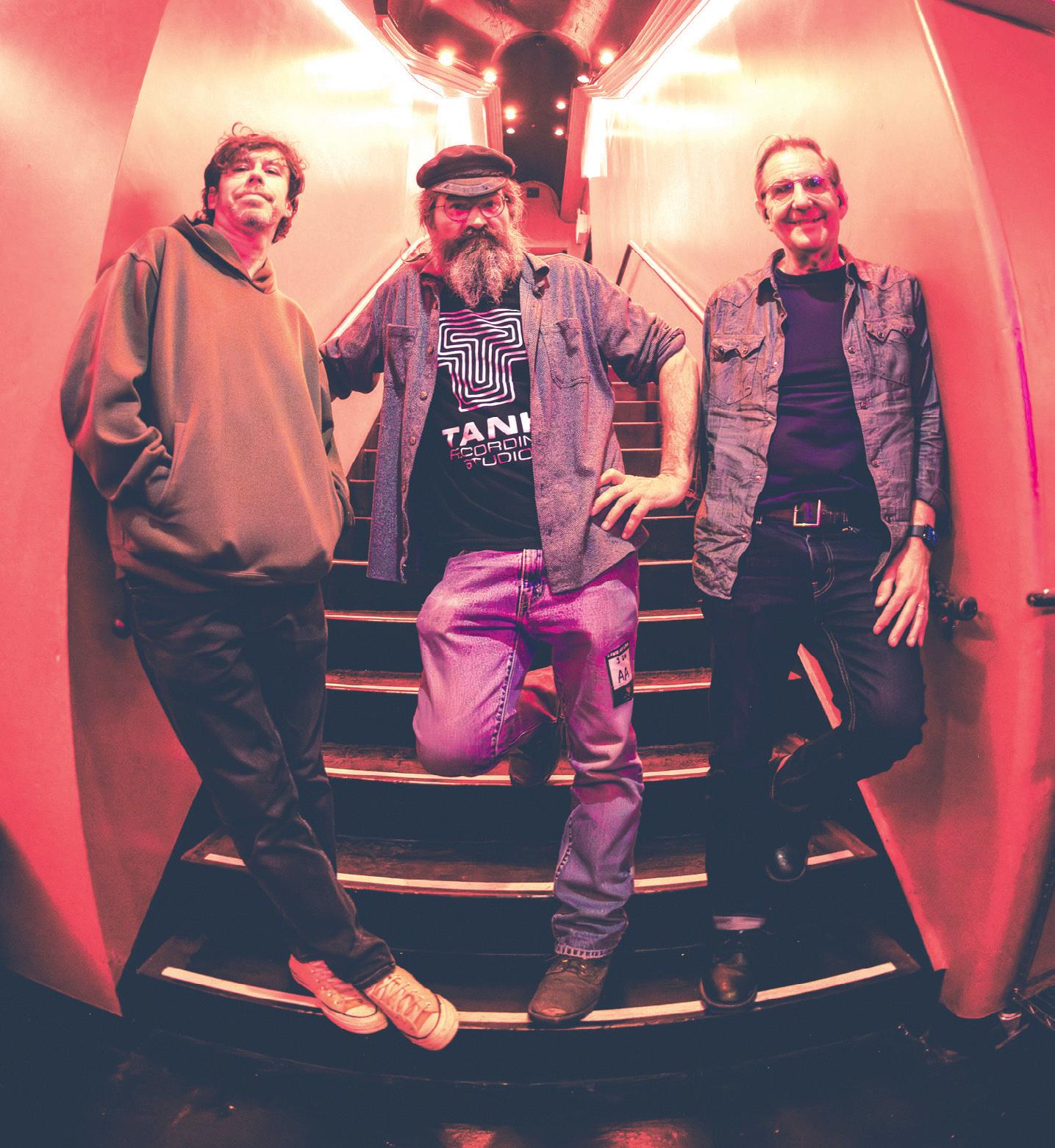
Metzger says. “And we recorded what became the first record [LaMP, released in 2020].” The music on that album, and its followup, 2025’s One of Us, is the product of a collaborative combination of composed works and lively improvisation.
Metzger characterizes the LaMP approach as one similar to “Blue Note jazz records of the ’60s and ’70s,” with a high value placed upon melody. “All three of us feel very strongly that if you’re going to play instrumental music, it’s very important to have something melodic for the listener to grab onto,” he says.
Yet despite the trio’s clear a nity for the jazz aesthetic, Metzger, who, like most musicians, dislikes genre labels, allows that LaMP fits into the jam band category. “But I think we’re a very wellinformed jam band,” he clarifies. “We’re not guys who grew up [just] listening to Phish.”
The real-time, almost subliminal
communication emblematic of the best jam bands is part of the LaMP method as well. Metzger says that his bandmates had a head start on him in that regard. “Russ and Ray have been playing together in Trey Anastasio’s band for 20-plus years,” he notes. “It was very clear to me right from the jump that they have that thing that can only happen after playing together for thousands of hours, on hundreds of gigs. In a way, I feel like the new guy.”
Metzger says that in the early days of LaMP, he saw his role as “to just not get in the way” of Lawton and Paczkowski, to simply “add little things here and there.” But that quickly changed. “We’ve got quite a few gigs under our belt, and a lot of miles,” he points out. “I’m feeling more comfortable saying that the three of us now have our own subliminal, underthe-surface communication.” Describing that vibe as music’s “X-factor,” he says
‘It was pretty clear to everybody that there was something special going on here, something that was worth following up on.’
– SCOTT METZGER
that these days, he often knows what his bandmates are going to play “five seconds before they play it.”
Yet he remains in awe of the creativity and skill of his musical comrades. “Sometimes I watch Ray,” he marvels. “There’s so much going on over there, I feel like I’m gonna break out in a rash trying to figure out what’s happening.”
Metzger and his bandmates all have multiple musical pursuits; his LaMP bandmates recently played a set with Anastasio’s band at Dead & Co.’s Golden Gate Park 60th Anniversary concert. But he makes a point of not calling LaMP a project. “I think we’re a band in the truest sense,” he emphasizes. “If you were to change any one of the three of us, the sound would change radically. If somebody can’t make a gig, it’s not happening.”
LaMP Trio will perform at Cornerstone Berkeley on Friday, Oct. 10, 8pm. $33.43.


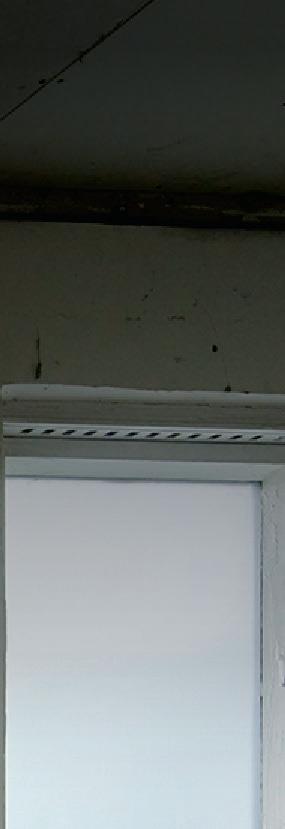

Nick Lowe embraces age with ‘Indoor Safari’ and a career reinvigoration
BY Dave Gil de Rubio
The late novelist Pearl S. Buck once said that to find joy in work is to discover the fountain of youth.
That idea seems to apply to singer/ songwriter/musician Nick Lowe, who is riding high with Indoor Safari, his first full-length album in 11 years. On the touring front, Lowe has taken up with Los Straitjackets, an American instrumental rock band whose members don personalized Mexican wrestling masks whenever they take the stage.
And while the collaboration between Lowe and the Straitjackets dates back about a decade when they were paired together to play Christmas shows, they cut a trio of four-track EPs from 2018 through 2020. What started out as items for the merch table at shows evolved into the suggestion of combining these releases into one recording, a proposal the London native accepted with some caveats.
“The thing about these simple,
What
on these
songs is indeed pure pop for now people.
«
but very direct songs that I was writing was that they only really get a personality and come together after you play them five or six times in front of a live audience,” Lowe explained in a recent interview. “When we came to record these songs, that process hadn’t happened. I said we had to either re-record these songs or revisit the original recordings and do things like redo the vocals or put bits and pieces on backing vocals.
“The last piece of the puzzle really was that we worked with the great Alex Hall, who is a fantastic engineer/producer/ musician and has got a studio in Chicago. We went to see him and recorded two or three new songs. All the rest of it is Alex sort of putting his fantastic touch onto it. The whole record sounds like it was recorded in the same week instead of over three or four years,” he said with a laugh. “We’re very pleased with the results, and it has been received very well.”
What Lowe ended up with on these dozen songs is indeed pure pop for now people. Los Straitjackets provide the right mix of twang and sass that snaps, crackles and rocks. The songs range from the surf tango of “Love Starvation” and mid-tempo heartbreak of “Jet Pac Boomerang”—complete with layered Jordanaires-flavored harmonies—to the ruminative melancholy of “Di erent Kind of Blue” and the rave-up opener “Went to a Party.”
And what Lowe collection would be complete without at least a couple of covers? In this case, it’s Sammy Turner’s yearning R&B nugget, “Raincoat in the River,” and Garnet Mimms’ “A Quiet Place,” a wistful gem perfectly suited for Lowe’s rich crooning style. With the new material fitting in perfectly with the British power pop icon’s already-deep
canon, concert-goers can expect a wideranging set list anchored by some popular staples.
“We’ve gotten to the stage now where there are certain tunes we have to play,” Lowe said. “I can’t really do a show without playing ‘Cruel To Be Kind,’ ‘Peace, Love & Understanding’ or ‘So It Goes.’ There is a sort of structure there, and it’s never a chore to play any of my well-known songs. But we’ve got a pretty big repertoire now… What can I tell you? No more than that really that the wellknown songs will be there in some way, shape or form.”
What’s fascinating about Lowe’s career evolution is how he emerged from pubrockers Brinsley Schwarz (where he penned the aforementioned “Cruel To Be Kind” and “(What’s So Funny ’Bout) Peace, Love and Understanding” to become an in-house producer and solo act on indie label Sti Records, whose stable also included Elvis Costello, Graham Parker and The Damned.
And while Lowe found his own success co-fronting Rockpile with Dave Edmonds and became a darling of the emerging new wave movement, the early ’90s saw him transition from guitar-driven power pop into becoming more of a country crooning kind of elder statesman. He’ll be the first to say he was reading the tea leaves of trends.
“At that time, I realized that as always happens, the public had gotten tired of my schtick and actually, so had I,” Lowe explained.
“I suppose I started thinking about this back in the late ’80s, when my career as a bona fide pop star was over. I knew that had happened, but I was sort of relieved in a way because I thought that I had to think of something else now. What I came up with was that I was going to use the
fact that my inevitably getting older was an advantage rather than it be something you cover it up and pretend wasn’t happening. I embraced it and figured out a way of writing and recording for myself while coming o as a groovy old bloke,” he added.
This pivot into becoming an acoustic guitar-strumming balladeer paid o in spades for Lowe, who released a string of critically acclaimed albums including 1998’s Dig My Mood, 2001’s The Convincer and 2007’s At My Age. And along the way, especially after hooking up with Los Straitjackets, Lowe noticed an intriguing demographic shift in his fan base.
“When the band and I started shifting from holiday material to what you might describe as out-of-season songs, our audiences started getting bigger and younger,” Lowe said. “Going back to when I started switching things up, I thought if I got this right, I’d at least either have a younger audience or attract a flowthrough of younger people who run into my stu . I find that the younger people that come to see me are not so keen on my earlier stu . They prefer my later stu .”
Having turned 76, Lowe is pleased to see how things have turned out. And along the way, he lived up to a piece of advice his late father-in-law, Johnny Cash, gave him about needing to figure out who he was.
“When he originally said that to me, I thought to myself, ‘Blimey, John, can’t you come up with something better than that?’” Lowe said with a laugh.
“The thing is that he’s absolutely right. It is quite di cult to do because when you’re young, you’re always trying to cop an act, and you think, ‘No one wants to come and see me. They want to come and see this magnificent personality that exists in my mind,’” he noted. “But his point was that if you can figure out how to be yourself, then you never have to worry about keeping an act up. If you embrace the things you are slightly embarrassed about (with) yourself, then that’s your own personal style.”
Nick Lowe & Los Straitjackets perform at Hardly Strictly Bluegrass, San Francisco, Oct. 3-5 (check schedule for updates); hardlystrictlybluegrass.com. Lowe joins Patty Gri n Oct. 3 (sold out) at Great American Music Hall, 859 O’Farrell St., San Francisco. Los Straitjackets play Oct. 4 at the Ivy Room, 860 San Pablo Ave., Albany.
Garbageisamanufacturedproduct,created whenotherwiserecoverableresourcesare mixedandmashedtogether.Mostroomsin everybuildingin thewholecountry haveabasket wherethis manufacturing begins.Discarded resourcesareput inonebyone, thendumpedinto alargerbin,and thenintoatruck withamore modernbodybasedonthisone.A hydraulicpistonsmasheseverything together.Theobjectiveistopackinmore cargobeforethetruckhastobedrivento whereitcandumpontotheland,tobe covered ina“sanitary“way.Liquidsleach outandmaketheirwayintotheplanet's
Garbage is a manufactured product, created when otherwise recoverable resources are mixed and mashed together. Most rooms in every building in the whole country have a basket where this begins. Discarded resources are put in one by one, then dumped into a larger bin, and then into a truck with a more modern body based on this one. A hydraulic piston smashes everything together. The objective is to pack in more cargo before the truck has to be driven to where it can dump onto the land, to be in a “sanitary“ way. Liquids leach out and make their way into the planet's


water eventually. These “sanitary” methods of filling the land (hence “sanitary landfills”) also provide for anaerobic decomposition of organic materials – which makes
water—eventually.These“sanitary” methodsoffillingtheland(hence“sanitary landfills”)alsoprovideforanaerobic decompositionof organicmaterials –whichmakes methane.
Landfills are the largest source of methane. In the short term methane is 80-100 times
more powerful than carbon dioxide to warm the planet.
Landfillsare thelargest human-created sourceof methane.Inthe shortterm methaneis 80-100times morepowerfulthancarbondioxideto warmtheplanet.
Makinggarbagechangestheclimate!
Ifyou'renotforZeroWaste, howmuchwasteareyoufor?
If you're not for Zero Waste, how much waste are you for?

NASA'sAstronomyPictureof theDayfromFebruary12, 2002,coloredthemethanein theEarth'satmospheregreen, andananimationshowedhowit spinstothepoles.NASAsaid, “Methane(CH4)issecondonly tocarbondioxide(CO2)in creatingawarminggreenhouse effect…. ThelargestabundancereleasedbytheUS…is createdwhen anaerobic bacteriabreakdowncarbon-based garbage inlandfills.” [Emphasisadded.]
NASA's Astronomy Picture of the Day from February 12, 2002, colored the methane in the Earth's atmosphere green, and an animation showed how it spins to the poles. NASA said, “Methane (CH4) is second only to carbon dioxide (CO2) in creating a warming greenhouse effect The largest abundance released by the US … is created when bacteria break down carbon-based in landfills.” [Emphasis added.]
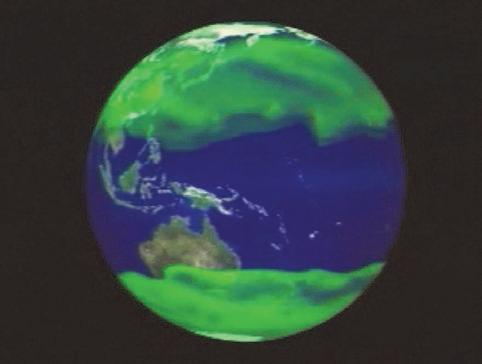
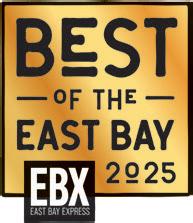
UrbanOrehasbeensalvagingforreuseinBerkeley since1981.Wehave3acresofsecondhandgoods, open360daysayearuntil5:00PM,900MurraySt. near7thxAshby.Comeshop.
Urban Ore has been salvaging for reuse in Berkeley since 1981. We have 3 acres of secondhand goods, open 360 days a year until 5:00PM, 900 Murray St. near 7th x Ashby. Come shop.
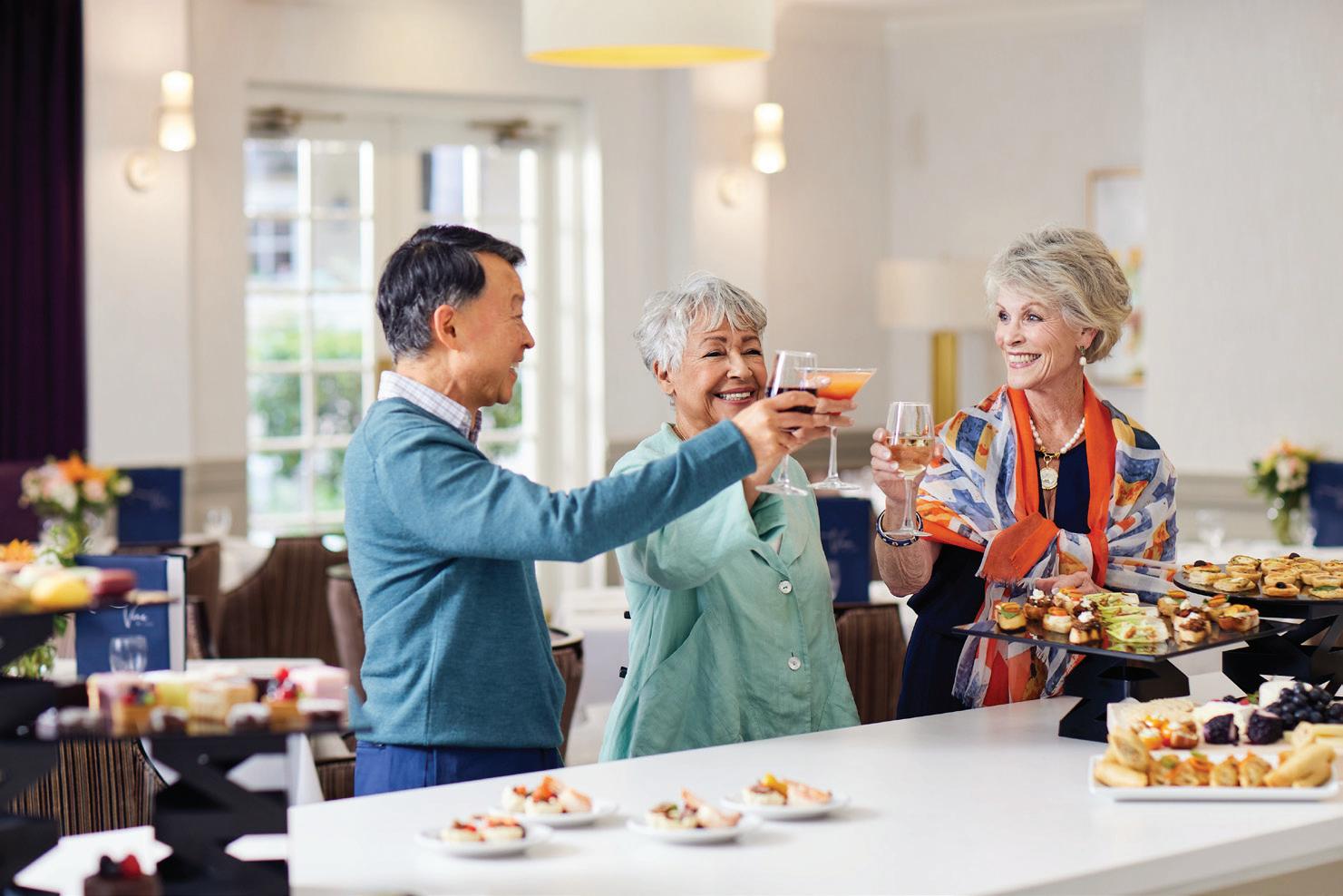

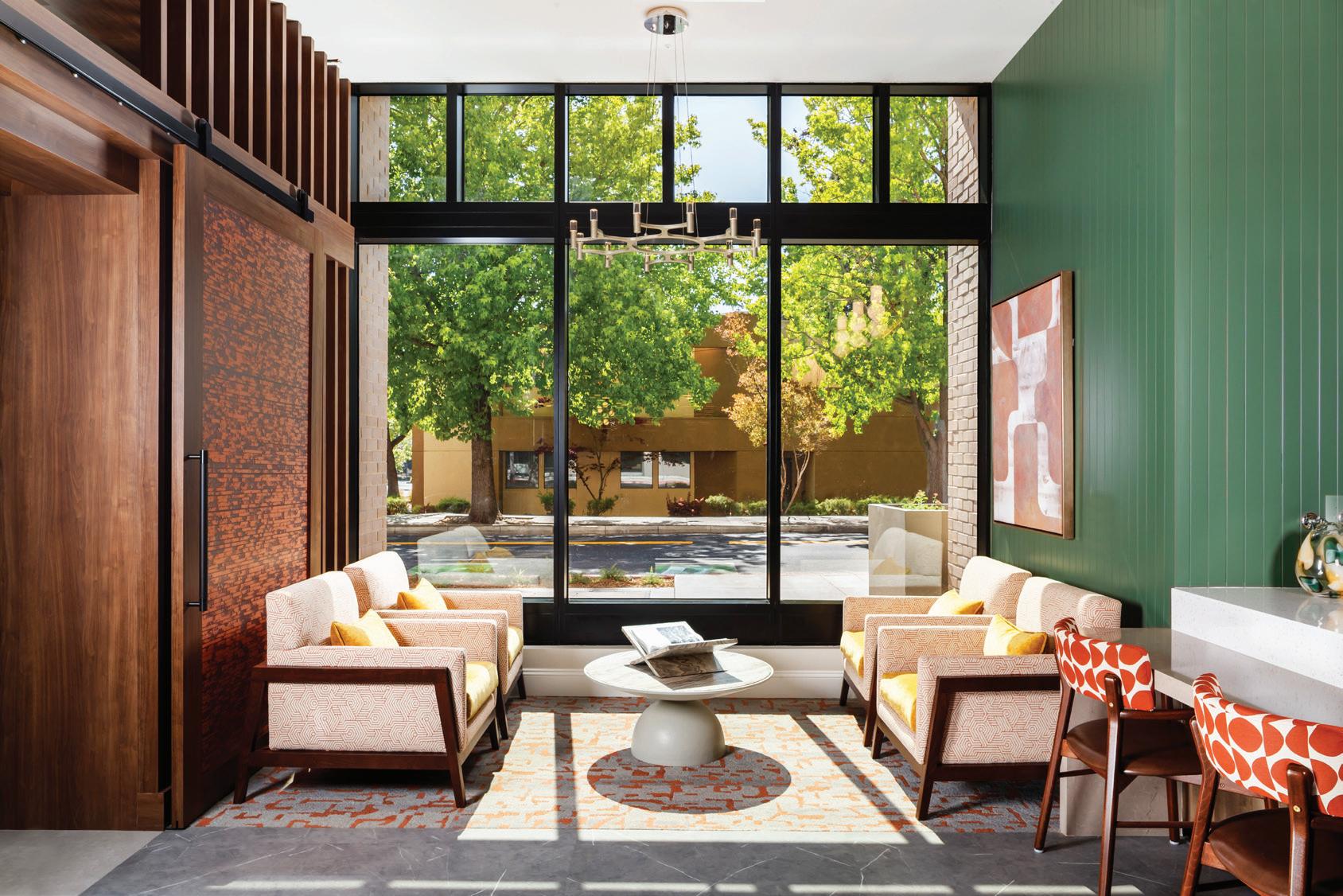
Living & Memory Care | Tour Today 510.726.1282 With personalized care, five-star dining, and beautifully appointed surroundings, The Ivy o ers the perfect next chapter for you or your loved one. Nestled in the heart of Berkeley with sweeping views of the Bay, The Ivy captures the essence of sophisticated, quintessentially Californian living.